Le Monde Problématique's Public Feed: Willkommen zu meiner Debattenr...
Willkommen zu meiner Debattenrundschau vom 05.08.2019!
„Niklas Luhmann wußte es: Bei Moral geht es nicht um gute oder schlechte Leistungen, etwa als Astronaut, Musiker, oder Fußballspieler. Wenn wir moralisch urteilen, dann steht die Wertschätzung der ganzen Person auf dem Spiel.“ So beginnt die Besprechung eines Buches des Dramaturgen und Autors Bernd Stegemann mit dem Titel „Die Moralfalle. Für eine Befreiung linker Politik“, welche Mladen Gladić für den Freitag verfasst hat. Das Buch und die Besprechung dazu wurden bereits Ende des vergangenen Jahres veröffentlicht, ich bin jedoch erst jetzt zufällig darüber gestolpert. Die Themen und Thesen des Buches, wie sie von Gladić wiedergegeben werden, sind von weiterhin drängender Aktualität, weshalb ich den Artikel dringend empfehlen möchte. Schließlich sind moralische Fragen in der Diskussion um Kunst in den letzten Jahren immer weiter in den Vordergrund gerückt. Folgt man Gladićs Artikel, sieht Stegemann die zunehmende Moralisierung äußerst kritisch. Er schreibt: „Den Strukturwandel […], den diese Öffentlichkeiten momentan erleben, sieht er düster. Das liegt daran, dass moralische Kommunikation nicht nur die andere Person auf- oder abwertet, sondern ebenso die eigene. In einer meist digitalen Öffentlichkeit, in der die Sanktion für falsche Meinung nicht diskursive Konfrontation, sondern Kommunikationsabbruch bedeutet, kommt es zu einem Wettlauf um moralische Integrität. Blocklisten, mit denen sich Twitter-User schmücken, zeugen davon: Wer rigoroser als andere moralisch tatsächlich oder vermeintlich fragwürdige User aus dem eigenen Diskursraum verbannt, fühlt sich auf der richtigen, also ‘guten’ Seite. […] Die oftmals identitätspolitisch untermauerte Begründung, man werde diskriminiert und sei verbaler Gewalt ausgesetzt, tut ihr Übriges, um moralische Kommunikation zum Mainstream der neuen, vor allem linken Öffentlichkeiten zu machen. Denn Identitätspolitik funktioniert letztendlich nach dem Prinzip: ‘To have the cake and eat it too’: Man kann nicht zwei Dinge gleichzeitig haben, die einander ausschließen. Denn das ist paradox. Der ‚paradoxe Befehl‘ den die Identitätspolitik ausgibt, lautet dann auch für Stegemann: ‚Nimm mich in meiner Besonderheit wahr und zeige mir zugleich, dass dieser Unterschied für dich keinen Unterschied bedeutet.‘ Derjenige, der diesen Befehl vernimmt, findet sich in einer Zwickmühle wieder. Die Psychologie beschreiben das als als ‘Double Bind’: Egal, was derjenige tut, der sich in einer solchen Zwickmühle befindet: es ist falsch. Betont man das Anderssein des Gegenübers, so wird dies als Diskriminierung erfahren. Sieht man darüber hinweg, so wird das als Missachtung der Tatsache interpretiert, dass der oder die andere anders ist, als man selbst. […] Sprachliche Gewalt beginnt in einem solchen Setting denkbar niedrigschwellig. Das hat auch damit zu tun, dass die Provokation eines Gefühls der ‚Gekränktheit‘ hier zu einem Ding der Leichtigkeit wird, sei das intendiert oder nicht. Denn in der Double Bind-Situation, in die die Identitätspolitik den Anderen bringt, entscheidet letztendlich nicht dieser, welcher ‚Befehl‘ – ‚erkenne mich als ebenbürtig an‘ oder ‚erkenne meine Andersartigkeit an‘ – gerade gilt.“ Stegemanns Thesen, die hier nur ausschnitthaft wiedergegeben wurden, helfen einem unter anderem zu verstehen, warum moralisch aufgeladene Diskussionen im Kunstbereich ein so großes Eskalationspotential besitzen und warum immer häufiger sich selbst als liberal und progressiv verstehende Protagonisten ins Kreuzfeuer vernichtender Kritik geraten.
Ein aktuelles Anwendungsbeispiel für Stegemanns Thesen liefert die Diskussion um die Ausstellung „Milchstrassenverkehrsordnung (Space is the Place)“ im Berliner Künstlerhaus Bethanien. Die Gruppenausstellung wurde im Vorfeld ihrer Eröffnung mit einem Text beworben, in dem ihre Ausrichtung auf utopische Konzepte erklärt wurde, welche sich mit der mit der Raumfahrt bzw. mit der Besiedelung des Weltraums beschäftigen würden. In einer längeren Passage wurde auch Bezug genommen auf das Konzept des [Afro-Futurismus]https://de.wikipedia.org/wiki/Afrofuturismus) und auf einen seiner historischen Väter, den Jazz-Musiker Sun Ra.
Das anonyme Kollektiv „Soup du Jour“ kritisierte daraufhin (unter anderem) die völlige Abwesenheit schwarzer KünstlerInnen in der Ausstellung sowie die mangelnde Diversität der TeilnehmerInnen in einem offenen Brief. Zahlreiche Fachpublikationen berichteten von dem Fall, wobei sich die Beschreibung der Situation schnell auf die Schlagzeile „Ausstellung über Afro-Futurismus ohne schwarze KünstlerInnen“ zuspitzte. Eine besonders scharfe Kritik am Ausstellungskonzept hat beispielsweise Fatma Aydemir für die TAZ verfasst.
Soup du Jour berichtete vor wenigen Tagen, dass der Ausstellungstext, auf den sich die Kritik bezog, ausgetauscht wurde gegen einen Text, welcher sich weniger stark mit dem Afro-Futurismus und Sun Ra beschäftigt, und belegt dies mit Screenshots auf ihrer Facebook-Seite. Dies sei ohne Ankündigung, Begründung oder Kommentar von Seiten der Organisatoren um den künstlerischen Leiter Christoph Tannert geschehen.
Die erste Welle der medialen Berichterstattung begann noch vor der Eröffnung der Ausstellung. Seit vergangenen Donnerstag ist sie nun für die Öffentlichkeit zugänglich. In einer knappen Ausstellungskritik für die Süddeutsche Zeitung beschreibt Autor Jens Bisky die eher abwiegelnde Reaktion des künstlerischen Leiters und gelangt, die Show selbst betreffend, zu folgender Einschätzung: „Die Ausstellung wirkt nirgends repräsentativ, auf Vollständigkeit erpicht, sie gleicht einem Essay, ist spielerisch, experimentell, zeigt eine Vorliebe für Ironie und Dystopien, scheint offen für Ergänzungen. Die Kritik an der Werkauswahl trifft nicht eine besonders mächtige Institution, sondern einen Ort des alternativen Kunstlebens, an dem man auf Diversität meist besonders achtet. Soll es nicht bei einem diskursiven Auffahrunfall bleiben, müssen Gespräche folgen. Man wird sehen, ob eine oder einer der Kritiker von “Soap du jour” zur öffentlichen Diskussion im September kommt.“
Über die kulturpolitischen Interessen und Strategien der AfD auf Hessischer Landesebene schreibt Pitt von Bebenburg für die Frankfurter Rundschau. Anlass für seinen Artikel ist ein Streit über die Förderung kultureller Einrichtungen in Hessen, an deren Berechtigung AfD-Abgeordnete regelmäßig Zweifel üben würden, so von Bebenburg. „Was die hessische AfD als förderungswürdige Kultur anerkennt, hat ihr kulturpolitischer Sprecher Frank Grobe jüngst in einer Landtagsdebatte deutlich gemacht. Es ging um die Chancen der Digitalisierung an Museen. Grobe erklärte, diese könne ‚einen Beitrag zur Etablierung einer deutschen Leitkultur und in deren Wirkung eine Stärkung der deutschen Identität leisten‘. Die Digitalisierung biete die Möglichkeit, die ‚Zeugnisse deutschen Kulturschaffens der vergangenen Jahrhunderte‘ darzulegen“, zitiert der Autor den AfD-Politiker.
Die New York Times hat drei KünstlerInnen (Martha Rosler, Rirkrit Tiravanija und Torey Thornton) und zwei KuratorInnen (Kelly Taxter, Jewish Museum New York, und David Breslin, Whitney Museum, ebenfalls in New York) darum gebeten, 25 Kunstwerke zusammenzustellen, welche nach 1970 entstanden sind und „unsere Gegenwart definieren“, so der unbescheidene Auftrag der Redaktion. Nach einer intensiven Diskussion habe man sich schließlich geeinigt; die Liste der Arbeiten inklusive Anmerkungen kann man hier abrufen.
Einen Kommentar zu eben jener Liste hat David Brooks verfasst, ebenfalls in der New York Times. Er analysiert die Auswahl der Werke und stellt unter anderem fest: „Most of the pieces selected are intellectual concepts or political attitudes expressed through video, photographs, installations or words. […] Among these 25 pieces, 20 are impersonal and only five allow you to see what life is like for another human being, including works by Nan Goldin and Judy Chicago. Only a few explore relationships and emotional connection. There almost seems to be a taboo now against capturing states like joy, temptation, gratitude, exaltation, betrayal, forgiveness and longing“, so Brooks. Der Autor kritisiert die Fixierung auf politische Themen als Verarmung der Kunst und ihrer Möglichkeiten. Kunst könne bereichernd wirken durch die Erfahrung neuer Emotionen, so Brooks. Er schreibt: „People with highly educated emotions can be astonished by the complexity of other people without feeling the need to judge them immediately as good or bad according to some political logic. This list fascinated me because it comes at a moment when everything is political — and our politics has brutalized the nation’s emotional life.“ Als positive Ausnahme hebt Brooks die Videoarbeit “Love Is the Message, the Message Is Death” von Arthur Jafa hervor: „[…] It’s a political work that transcends politics and reminds us: This is how life looks with human particularity left in.“
„This is an open letter to say that we, the art world, are not sufficiently supporting the neurodiverse and disabled communities“ - mit diesem Satz beginnt ein offener Brief von Emily Sara, welcher auf Hyperallergic.com veröffentlicht wurde, und er lässt keinen Zweifel an der Position der Autorin: Die Kunstwelt unterstütze neurodiverse und behinderte Menschen nicht in ausreichendem Maße. Sara beschreibt in ihrem Brief die vielfältigen Formen von Diskriminierung, die eben solche Menschen im Kulturbereich erfahren würden, vor allem als Rezipienten und Publikum. Im professionellen Kunstbereich müsse sich ebenfalls vieles ändern, so die Autorin: „I am therefore calling on galleries, curators, museums, institutions of higher education, artists, and other art institutions: welcoming the neurodiverse and disabled is long overdue.“ Sie stellt eine Reihe von Forderungen, welche sie mit folgender Liste abschließt: „All spaces should have combinations of on-grade entrances, ample seating with support, ASL interpreters [GebärdensprachdolmetscherIn], communication access real-time translation (CART), all-gender restrooms, assisted listening devices, 1:12 ramps, railings, grab bars, foot stools, temperature control, quiet spaces, closed captions, and a staff educated about service animal etiquette. And many, many other accommodations are needed.“ Ihren Brief schließt sie mit folgendem Satz: „If you decide against these, you are, simply put, saying that we are not welcome.
Sincerely, A Crip in the Arts“
Das Hickhack um die Einladung bzw. Ausladung des Malers Axel Krause zur 26. Leipziger Jahresausstellung beschäftigte vor einigen Wochen die deutsche Kunstszene. Dem meinungsfreudigen AfD-Sympathisanten wurde nach anfänglicher Zusage die Teilnahme nachträglich untersagt, nach dem sich Protest gegen Krauses politische Gesinnung geregt hatte. Schließlich wurde sogar die gesamte Ausstellung abgesagt, was dann nach ein paar Tagen wieder zurückgenommen wurde. Nun fand eine schon länger angekündigte Podiumsdiskussion zum Thema im Museum der bildenden Künste Leipzig statt, zu der Axel Krause jedoch nicht eingeladen war. Hannah Bethke war für die FAZ vor Ort. Sie schreibt über die Teilnehmenden: „Geladen waren mit dem Erfurter Migrationsforscher Patrice Poutrus, Christoph Becker vom Zentrum Liberale Moderne, Britt Schlehahn vom Stadtmagazin ‚Kreuzer‘ und dem MDR-Journalisten und Moderator Thomas Bille allerdings nur Teilnehmer, die der politischen Haltung Krauses kritisch gegenüberstehen.“ Bethke kritisiert die Veranstaltung als wenig erhellend, echte Meinungsvielfalt sei leider nicht gegeben gewesen. Sie warnt im Fazit ihres Berichts: „Eine vorurteilsfreie, differenzierte Auseinandersetzung über den Sinn der Kunstfreiheit in einer Demokratie wird schon im Keim erstickt, wenn nur die Seite Gehör findet, die politisch erwünscht ist. Die Verfechter von kultureller Vielfalt und Toleranz tun sich damit keinen Gefallen, denn mit der Aussperrung stärken sie gerade jene, die sie bekämpfen wollen.“
Warren Kanders, unter anderem Eigentümer einer Firma für Kampfausrüstung und Vorstandsmitglied des Whitney Museums in New York, ist nach wochenlangen Protesten von seinem Posten zurückgetreten. Hyperallergic.com hat die ganze Geschichte.
Ebenfalls auf Hyperallergic.com erläutert die an den Protesten gegen Kanders maßgeblich beteiligte Organisation „Decolonize this Place“ ihre Sicht auf dessen Rückzug, beschreibt ihre eigene Position innerhalb der Geschichte des Protests und erläutert die aus ihrer Sicht notwendigen weiteren Schritte. Ihren eigenen Ansatz der „Dekolonialisierung“ beschreiben sie dabei folgendermaßen: „Why decolonization? A decolonial perspective approaches our present political condition by beginning with the occupied land on which we stand. It acknowledges that the settler-colony of the United States was founded on the theft of land, life, and labor over 400 years, and that it operates as an external empire as well. The term insists that colonization is not a period sealed safely in the past, but an ongoing process inherent to the dynamics of contemporary racial capitalism. It also, as a framework, necessitates abolition of prisons and police, borders and bosses, empires and oligarchs.“
Künstleraktivist Ai Weiwei ist zur Zeit mir einer großen Ausstellung im Universitätsmuseum für Zeitgenössische Kunst in Mexiko City zu Gast. Unter dem Titel „Resetting Memories“ hat er eine Ausstellung organisiert, welche sich um den Fall der im September 2014 verschwundenen Lehramtsstudenten aus dem Dorf Ayotzinapa dreht. Autor und Blogger Airen hat für die FAZ einen fetziger Verriss geschrieben, in dem er Weiwei vorwirft, vor allem an Self-Promotion interessiert zu sein. An den Fall Ayotzinapa müsse in Mexiko niemand erinnert werden, er sei längst zu einem Synonym für die korrupten Verwicklungen von Drogenmafia, Polizei und Politik geworden, so der in Mexiko lebende Autor: „Braucht es da wirklich einen chinesischen Dissidenten, um die Erinnerung der Mexikaner aufzufrischen?“. Zahlreiche Bezüge innerhalb der Ausstellung seien außerdem schwer an den Haaren herbeigezogen oder gar völlig beliebig.
Die Documenta in Kassel gehört zu den weltweit meist beachteten Ausstellungen für zeitgenössische Kunst. Christian Saehrendt hat sich für die NZZ ins Archiv der Großausstellung begeben und sich dabei vor allem mit den abgelehnten Initiativbewerbungen beschäftigt. „In der Masse der unverlangt nach Kassel geschickten Bewerbungen zeigen sich der Wildwuchs und die Vielfalt, die eigenbrötlerische Genialität, aber auch die Peinlichkeit und Banalität des Kunstschaffens in voller Breite – ohne die ordnende Hand eines professionellen Kurators, ohne dessen rettende Deutungen“, schreibt er. Saehrendt gibt einen kurzen Einblick in die Geschichte der Selektionsmechanismen der Documenta und bespricht einige Beispiele von KünstlerInnen, welche nicht passiv auf ihre Nominierung warten wollten. Erstaunlich fand ich die Anzahl der Bewerbungen: „Während sich 1972 noch gut 250 Künstler unaufgefordert und erfolglos um eine Teilnahme bewarben, waren es zur Documenta 7 schon rund 900, zur Documenta 8 fast 1500. Seitdem liegt die Zahl der Initiativbewerbungen im vierstelligen Bereich, wobei der Postweg die Regel darstellt“, so Saehrendt.
Johannes Bendzulla

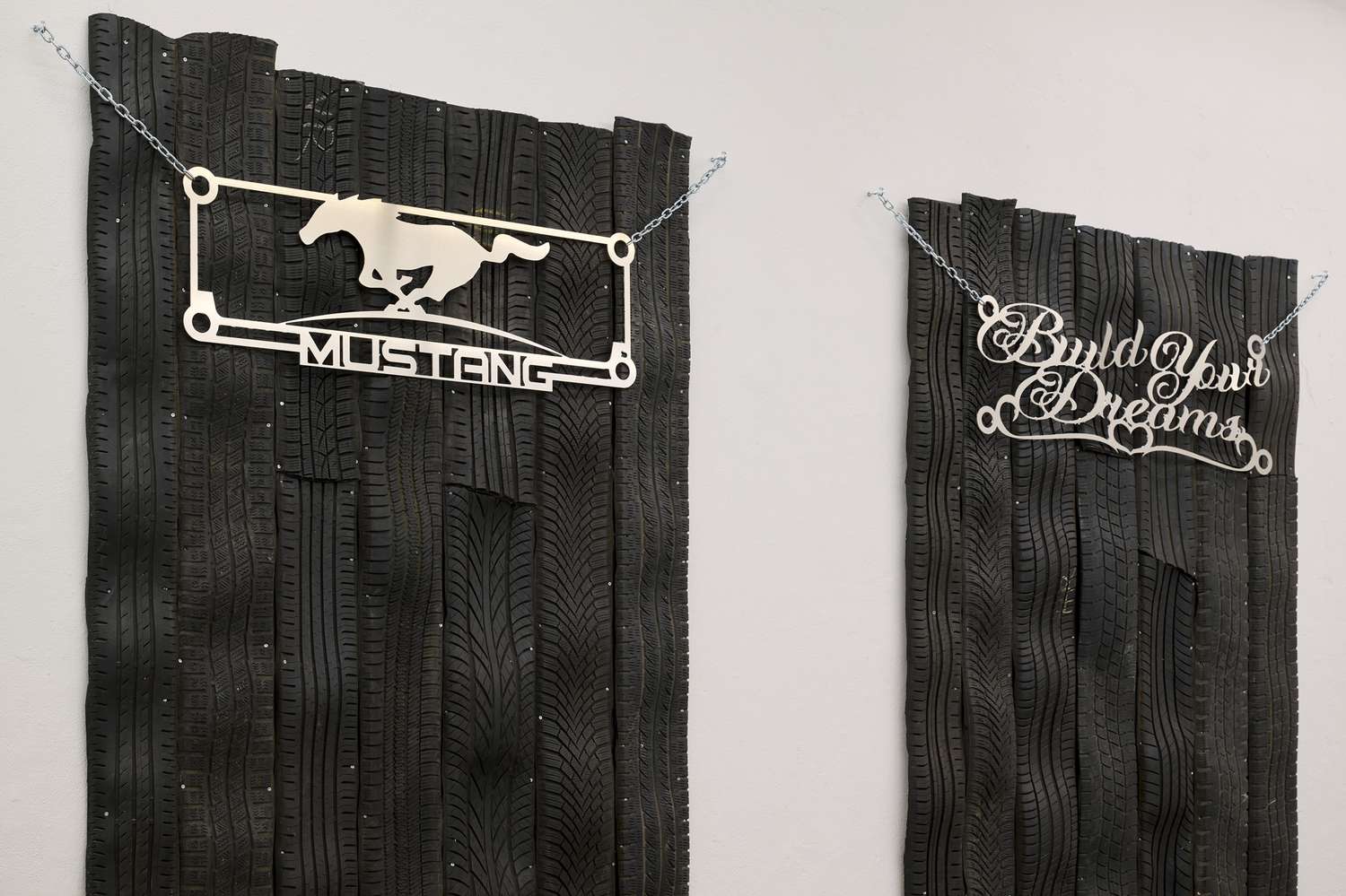
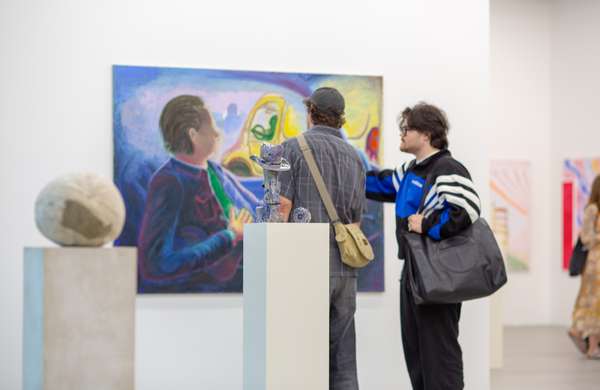


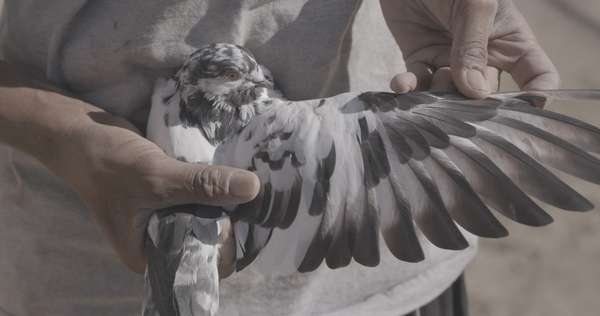
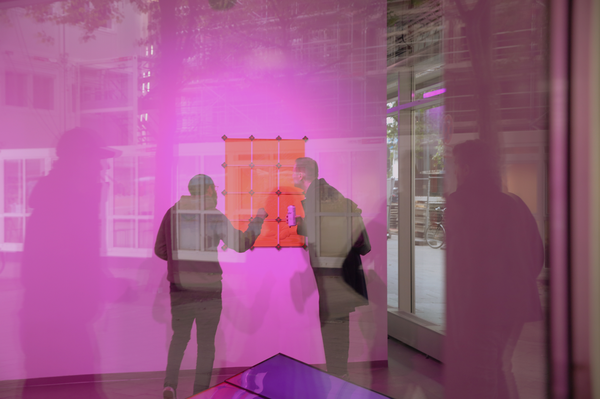
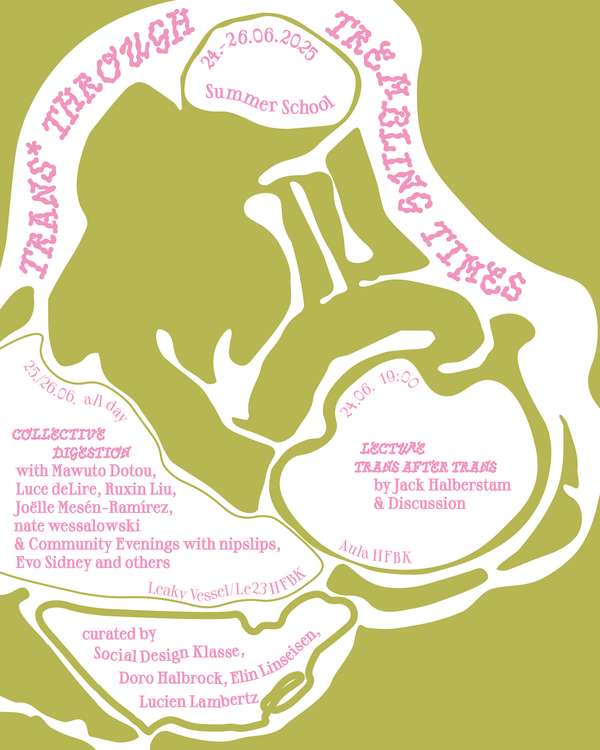
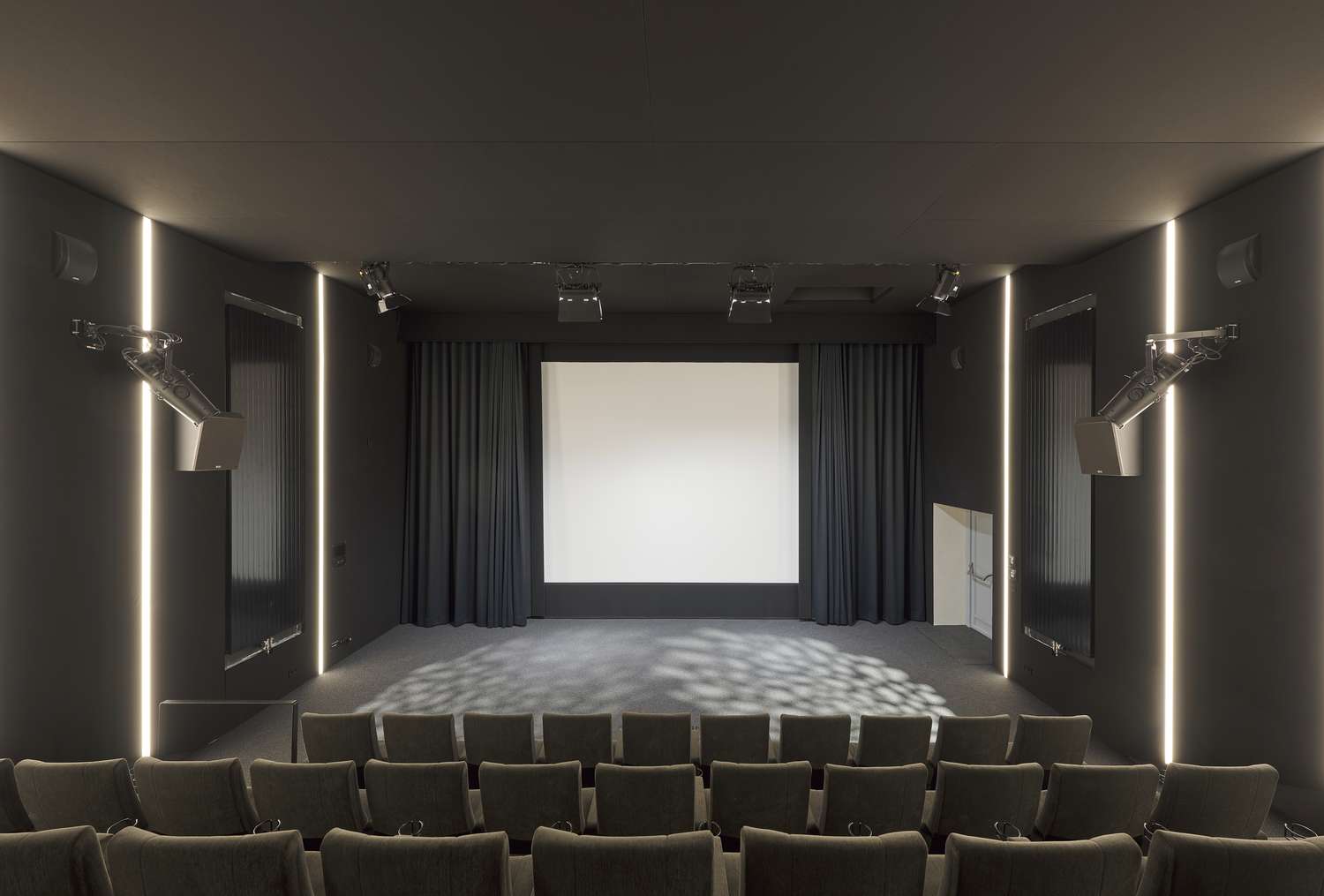
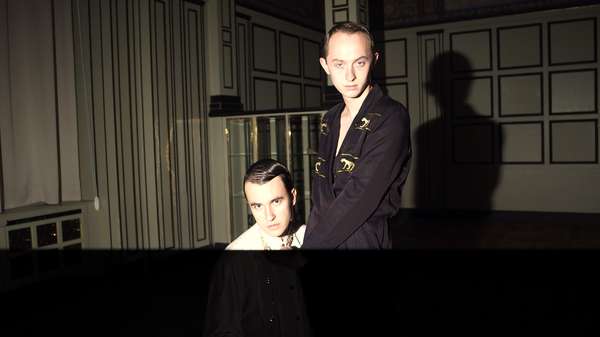
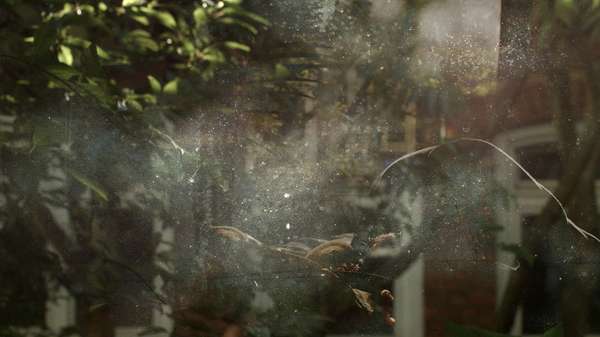
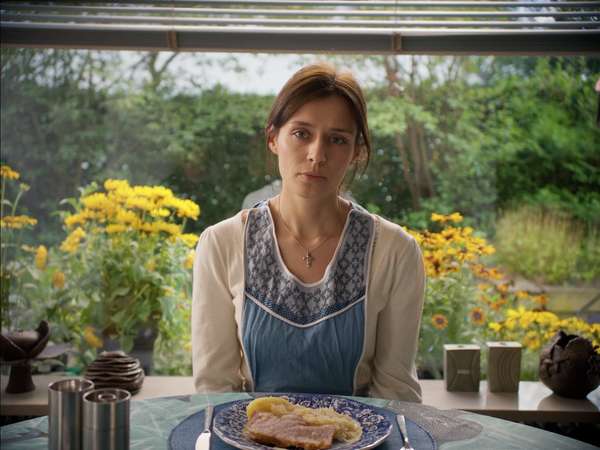
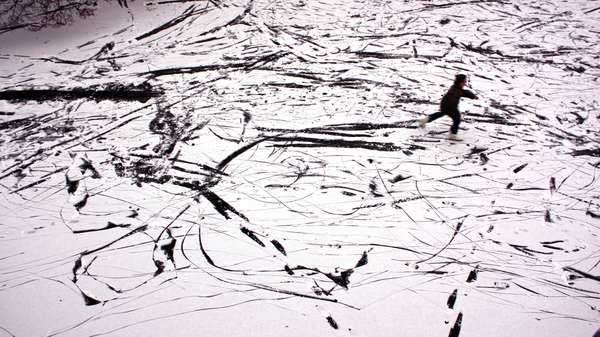
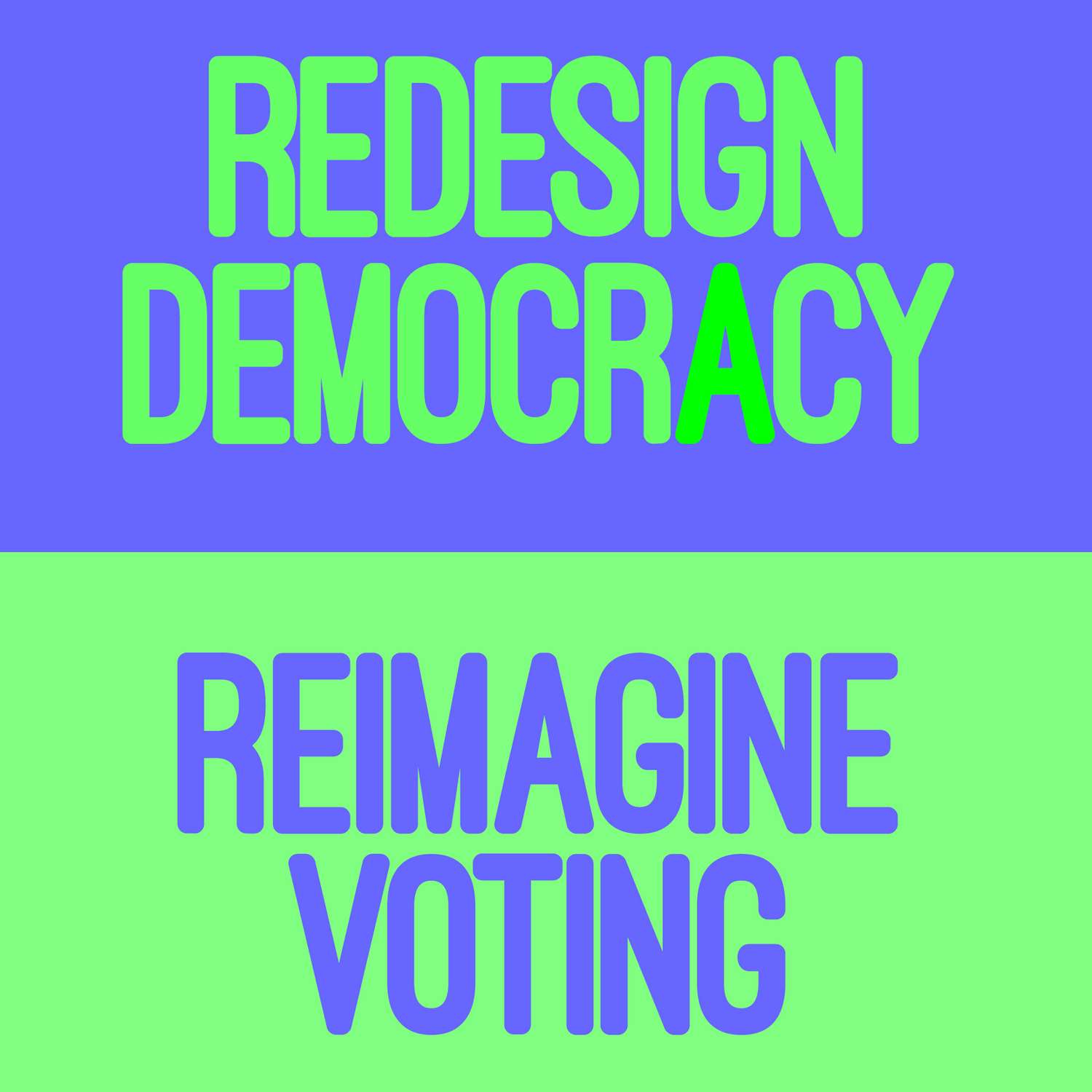
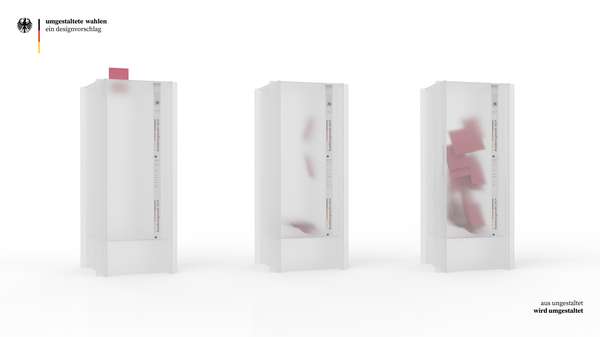
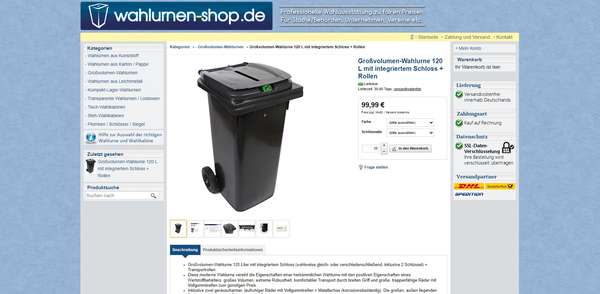
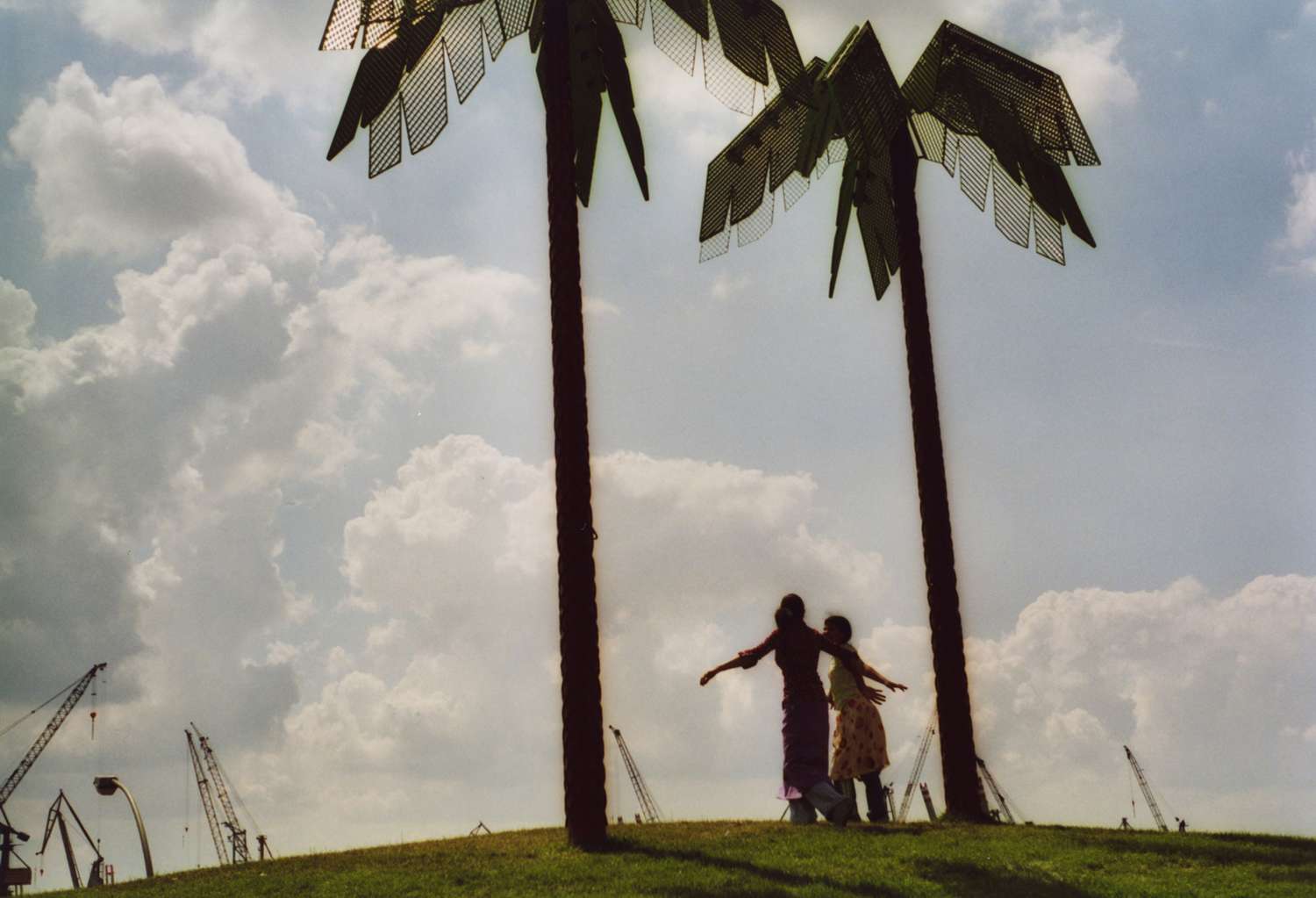
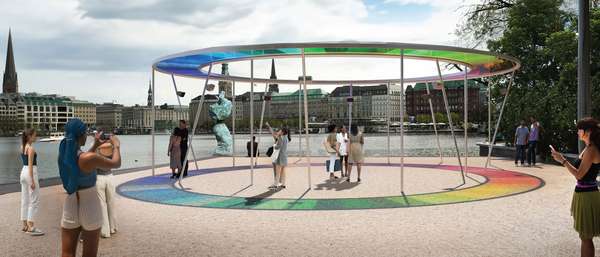
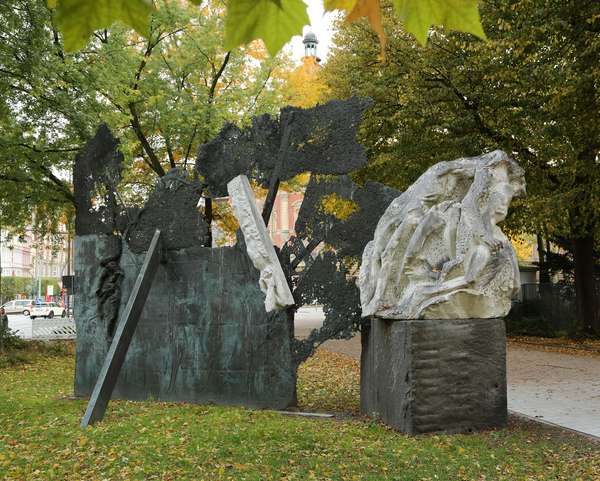
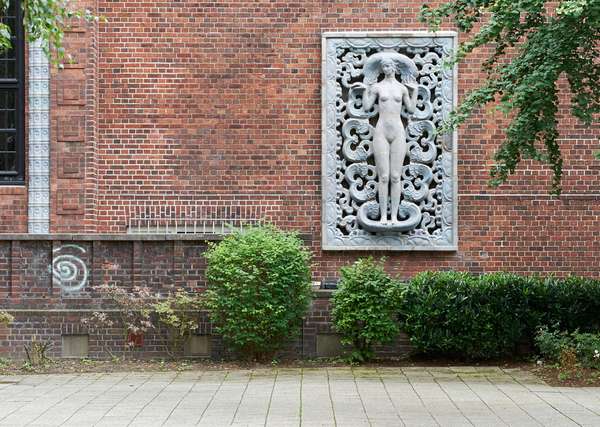
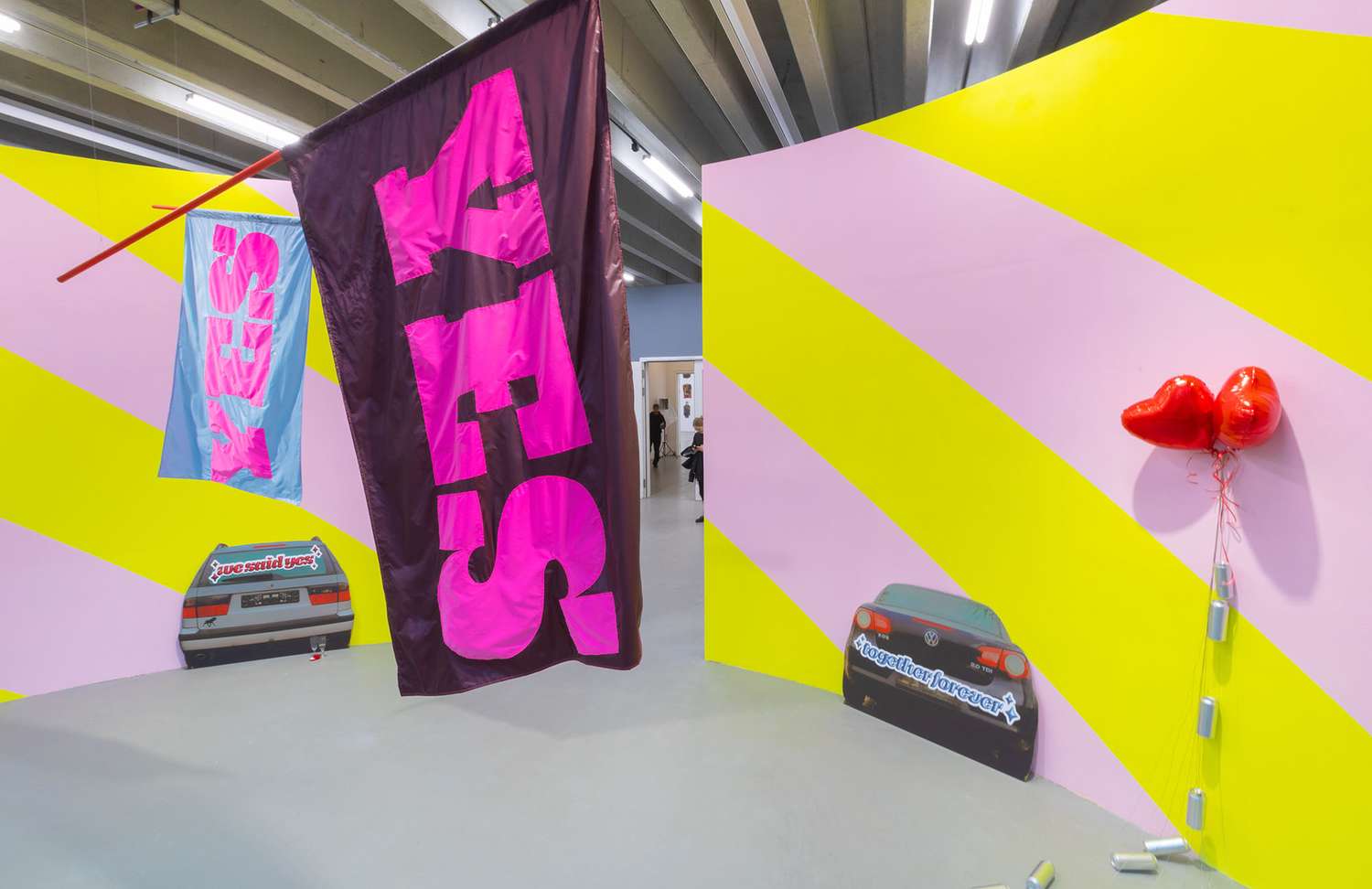
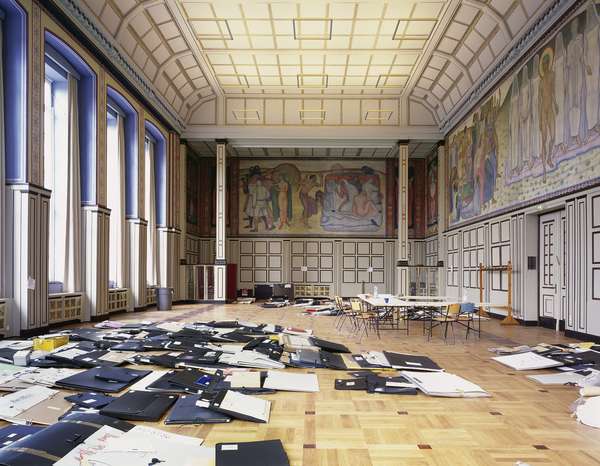
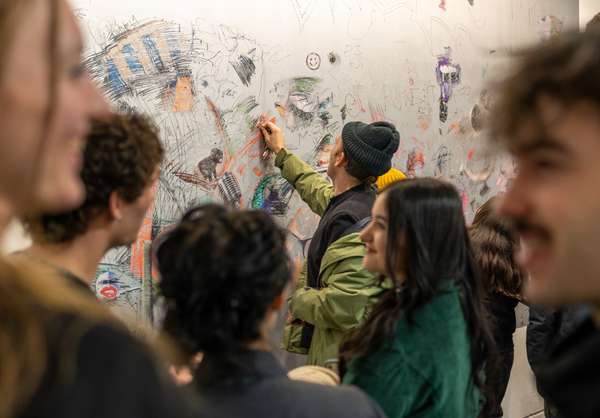
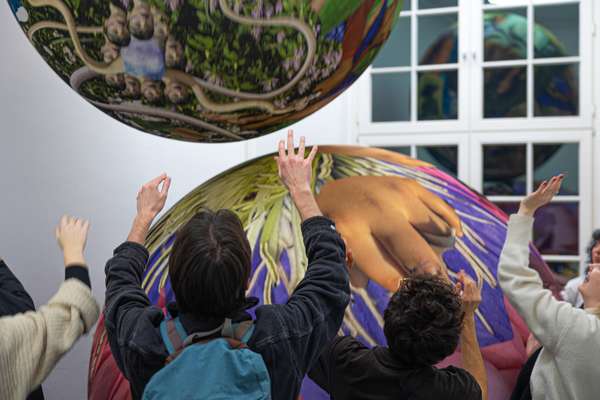
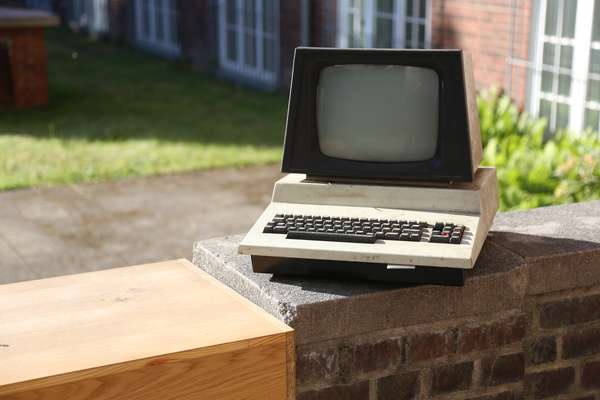

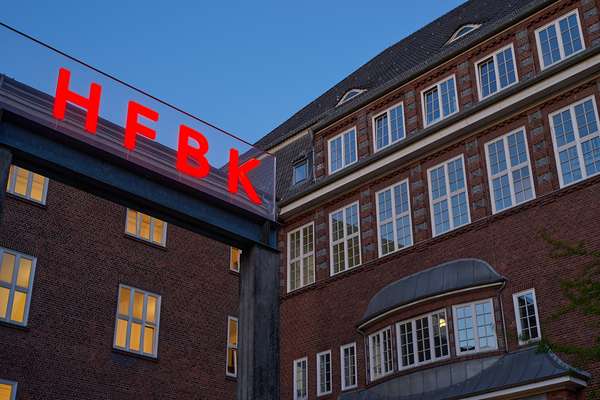
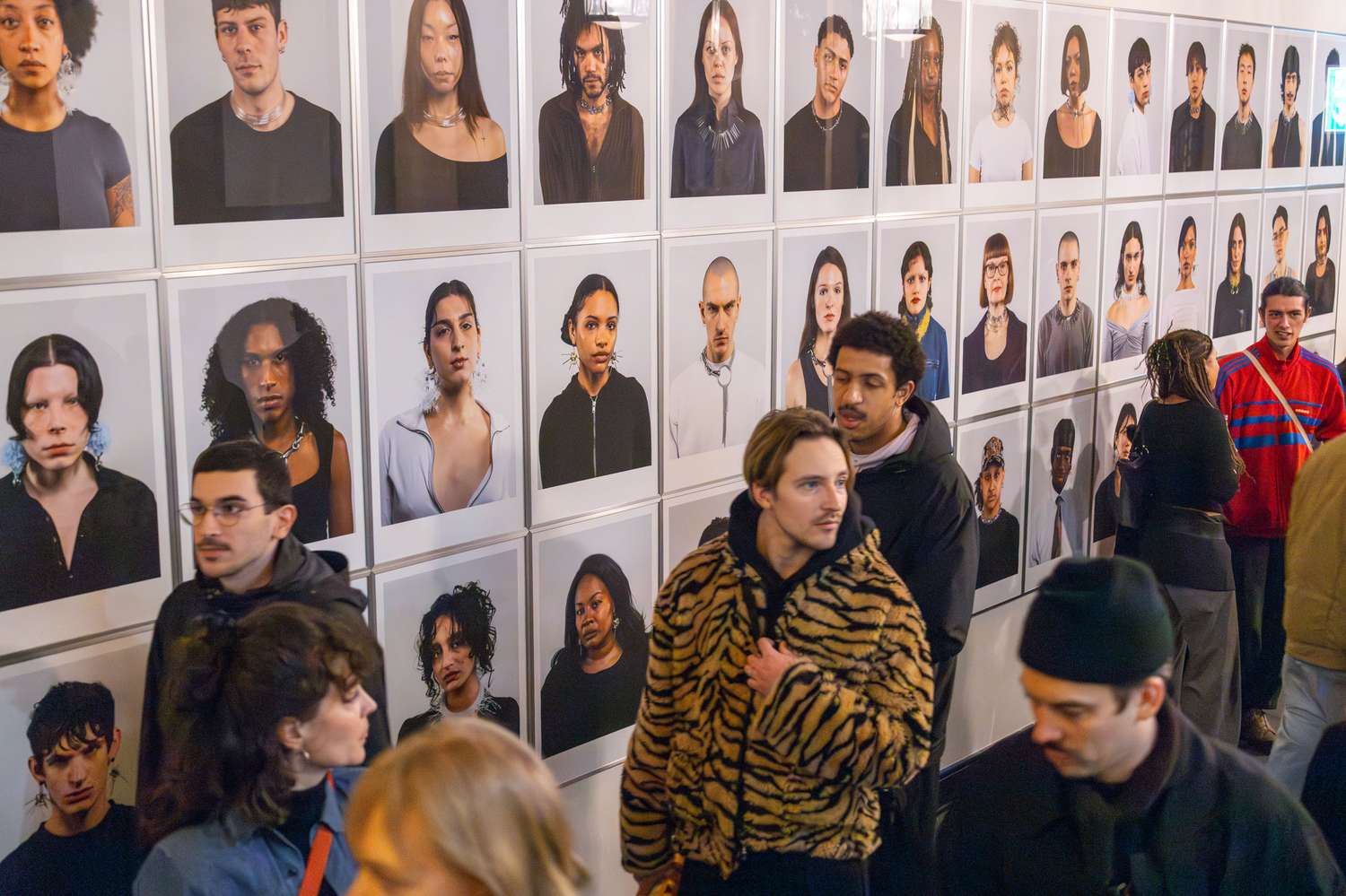

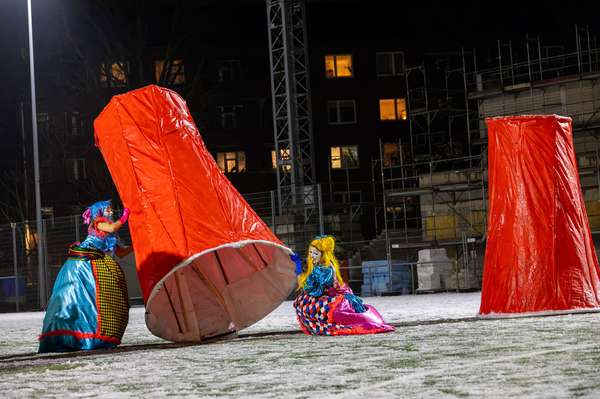
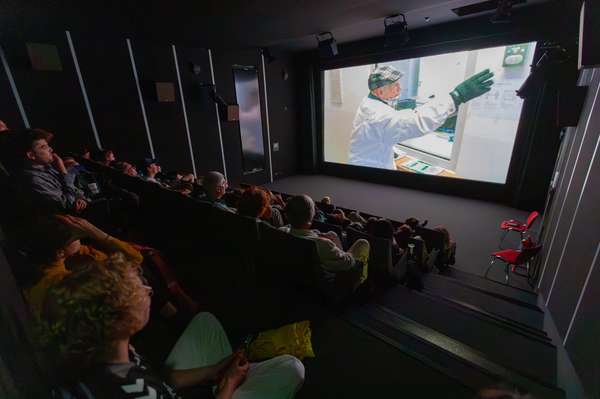
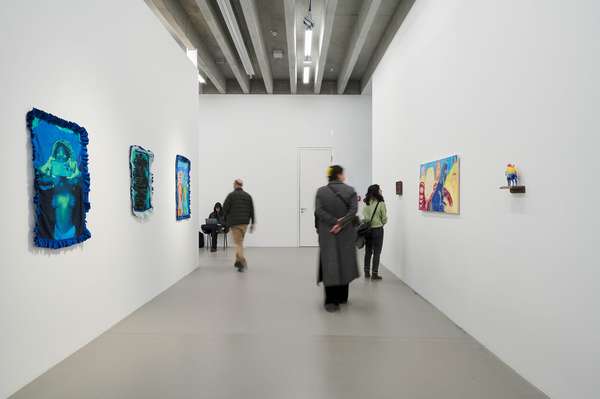
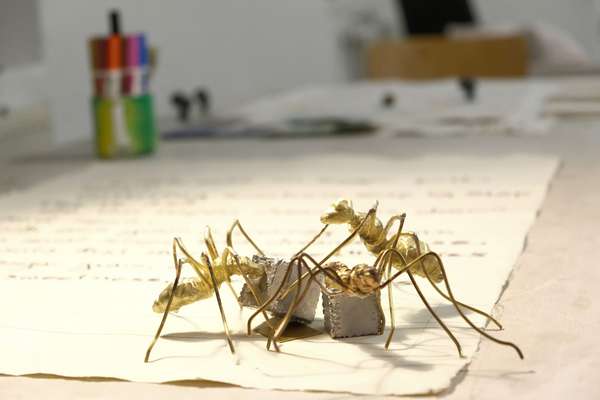
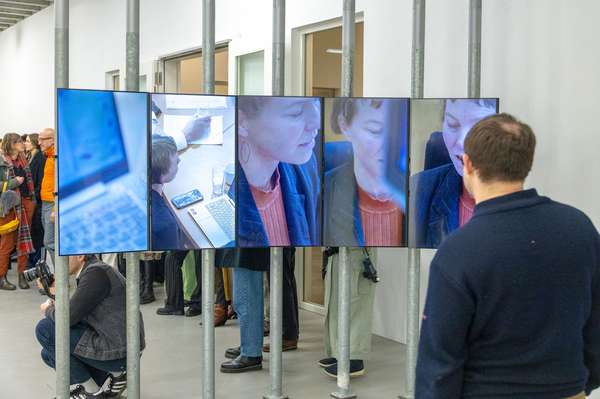
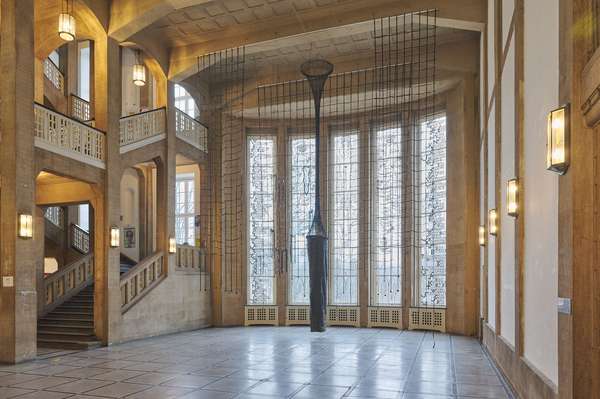
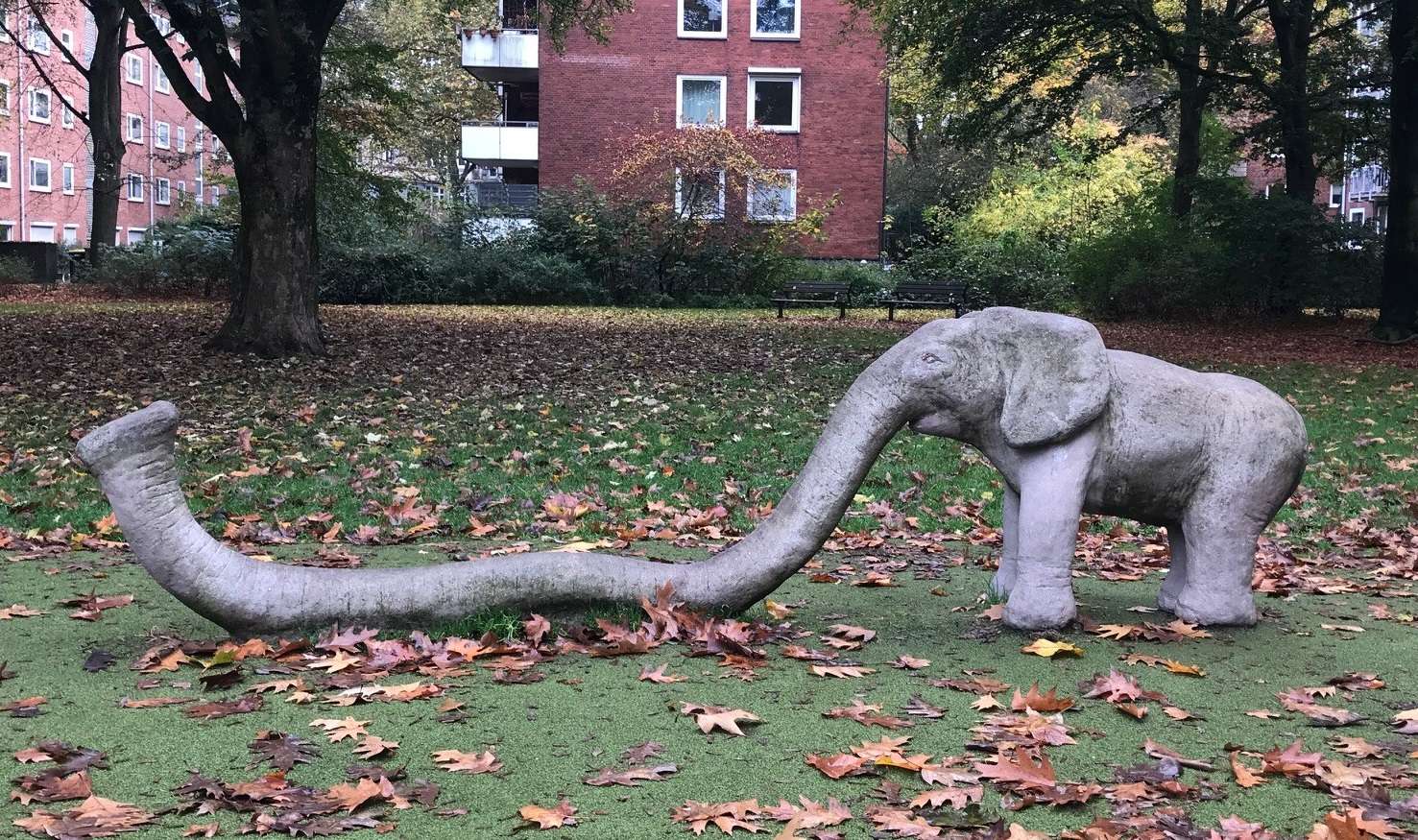
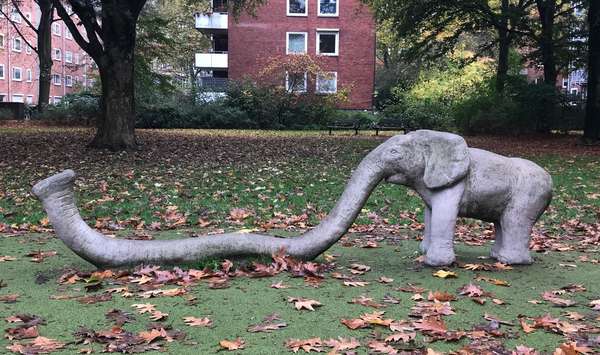
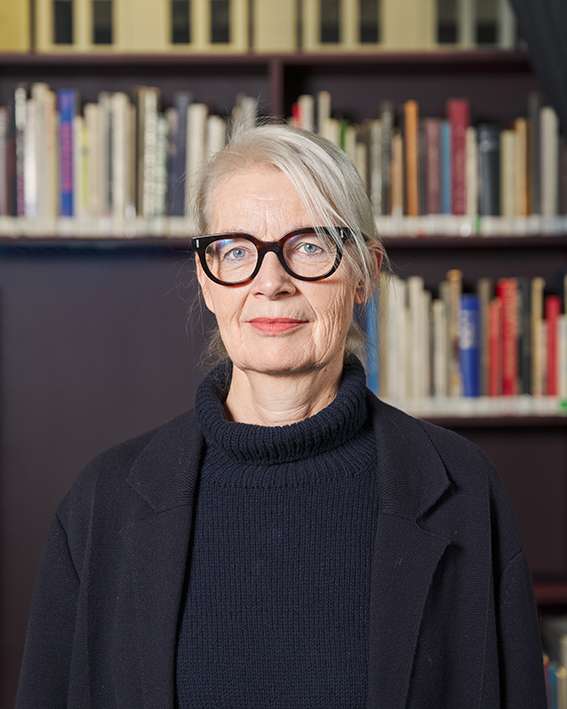
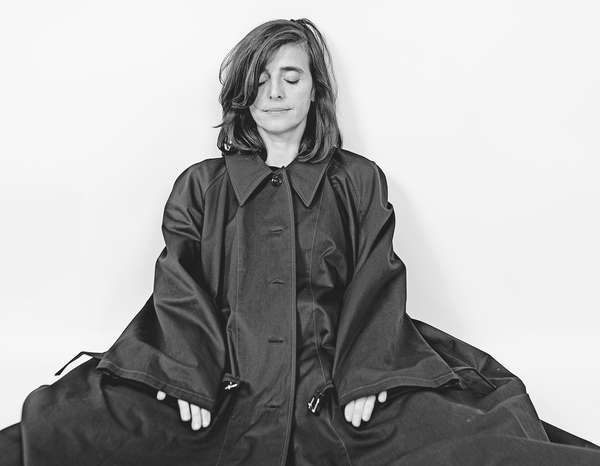
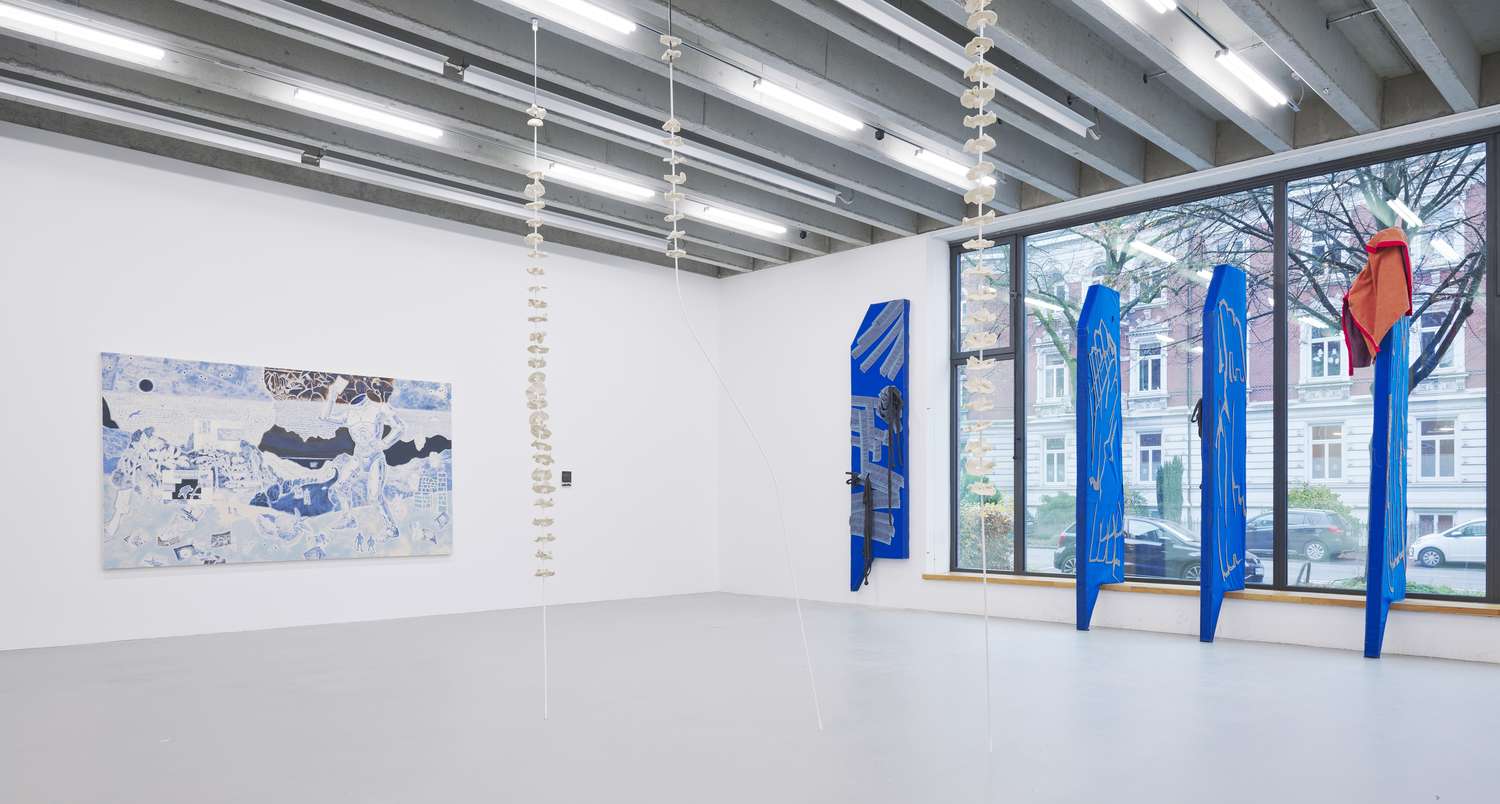
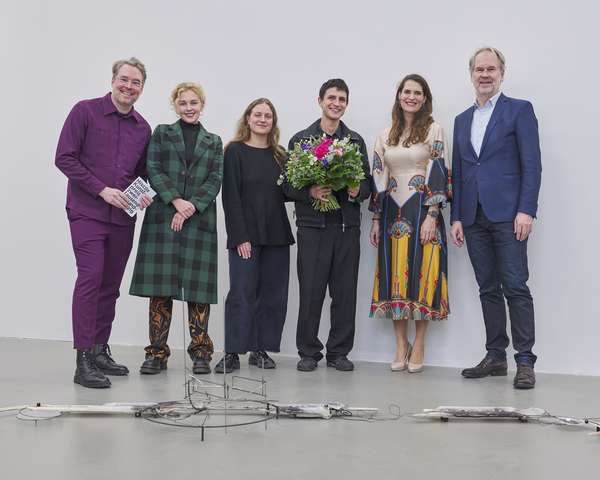
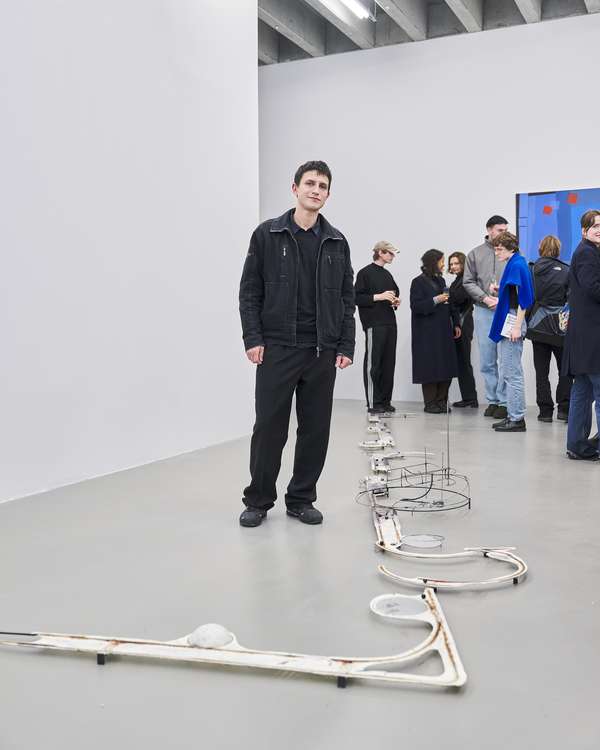
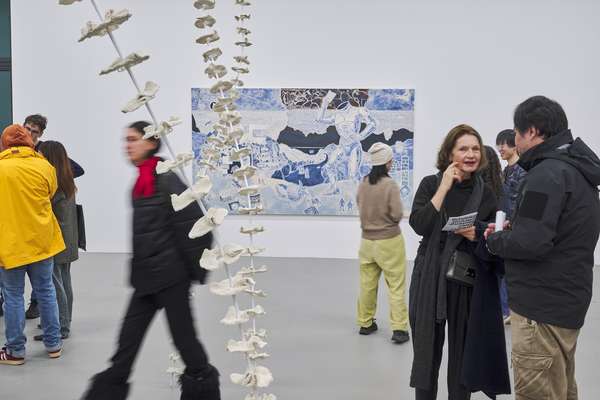
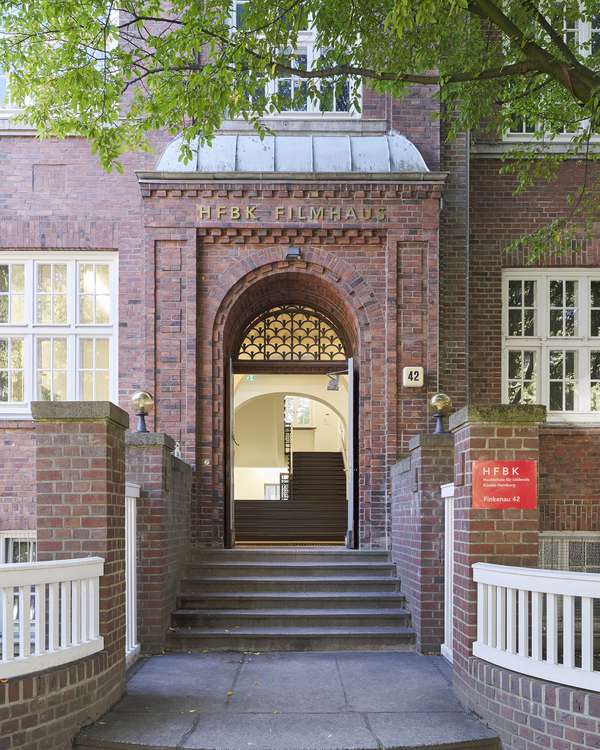
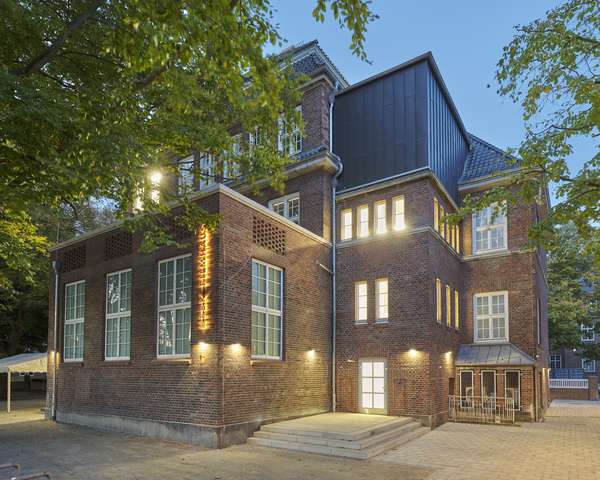
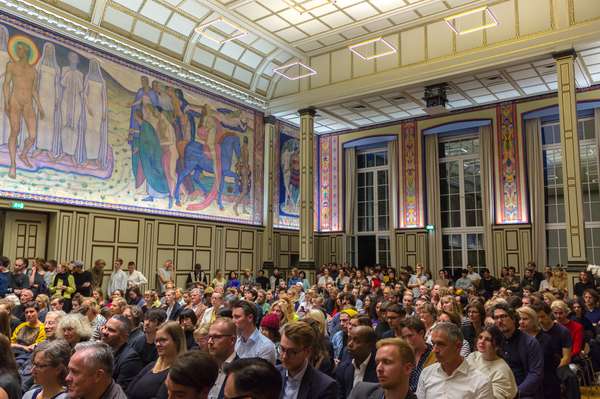
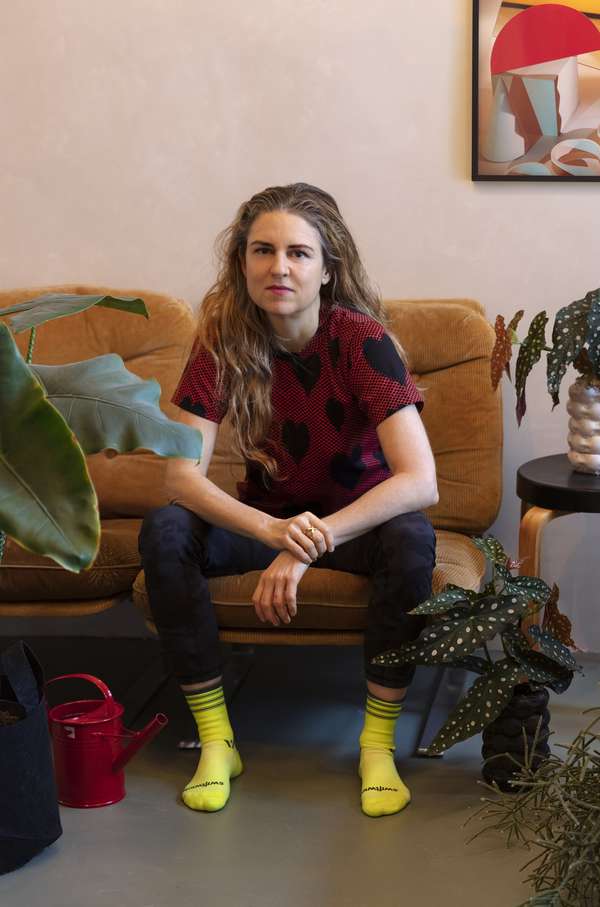
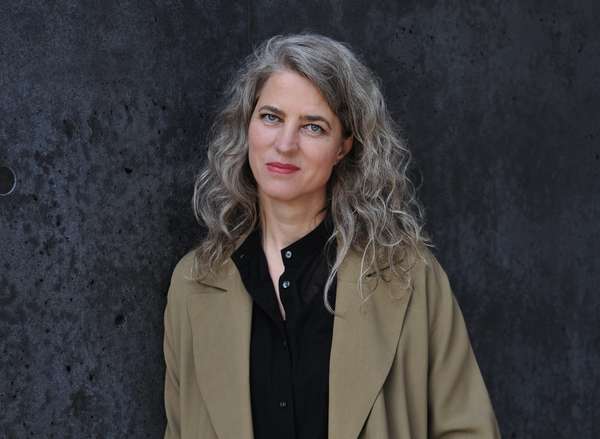
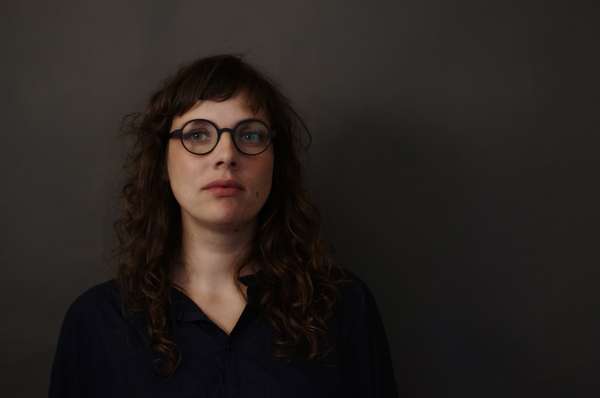
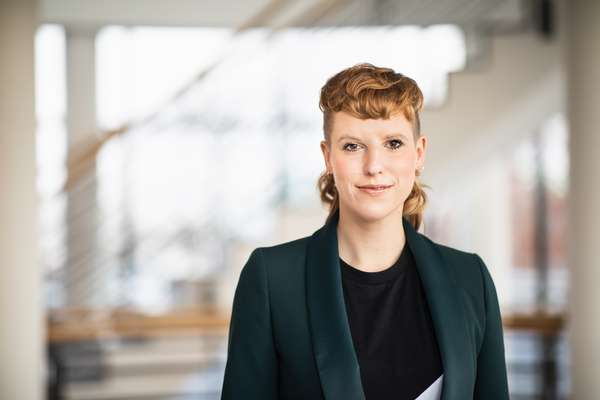
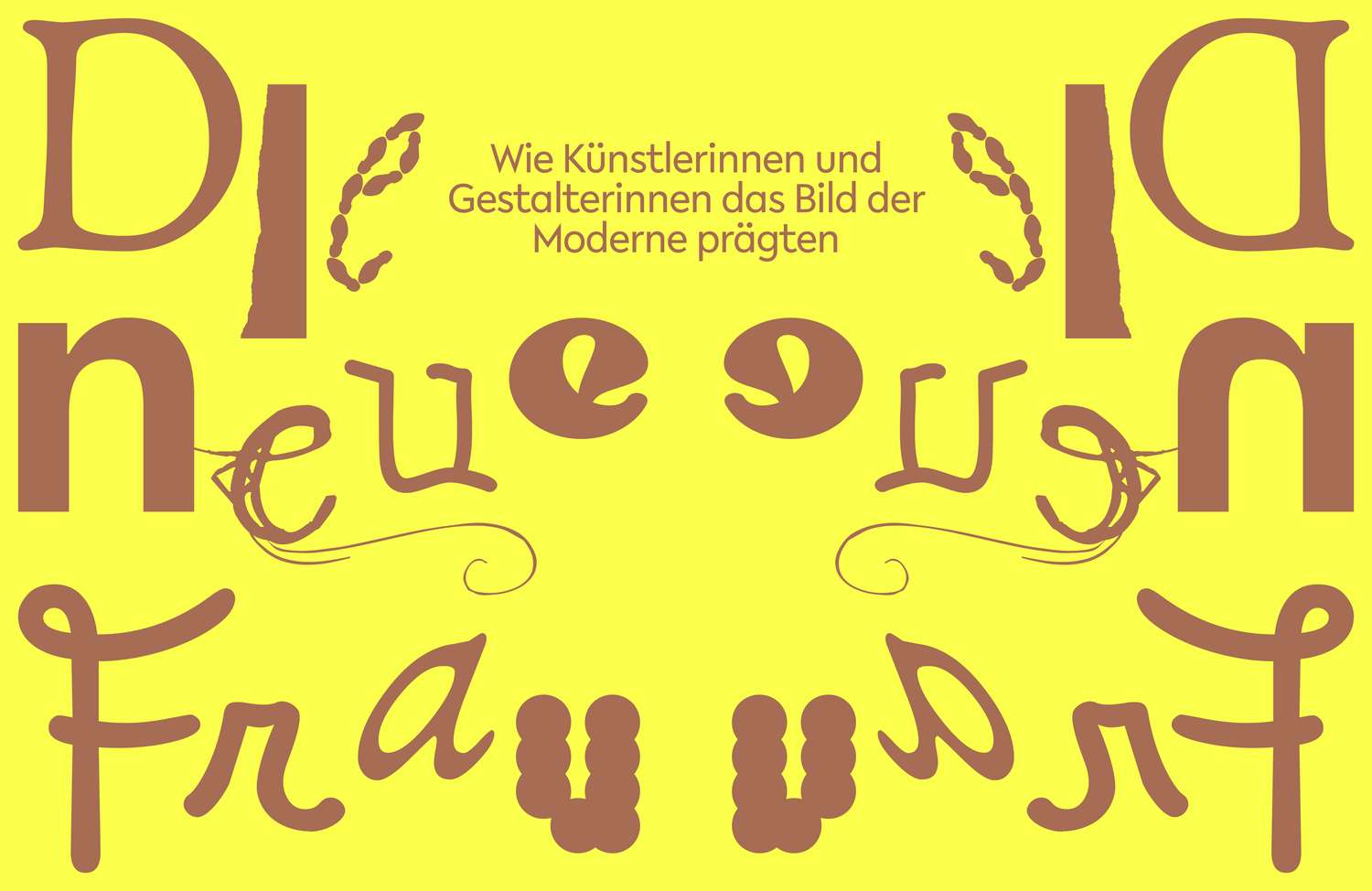
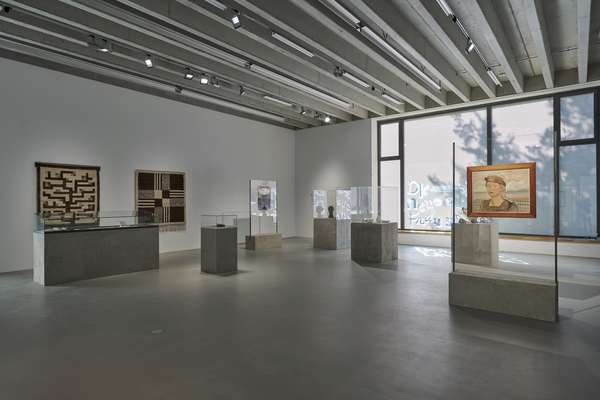

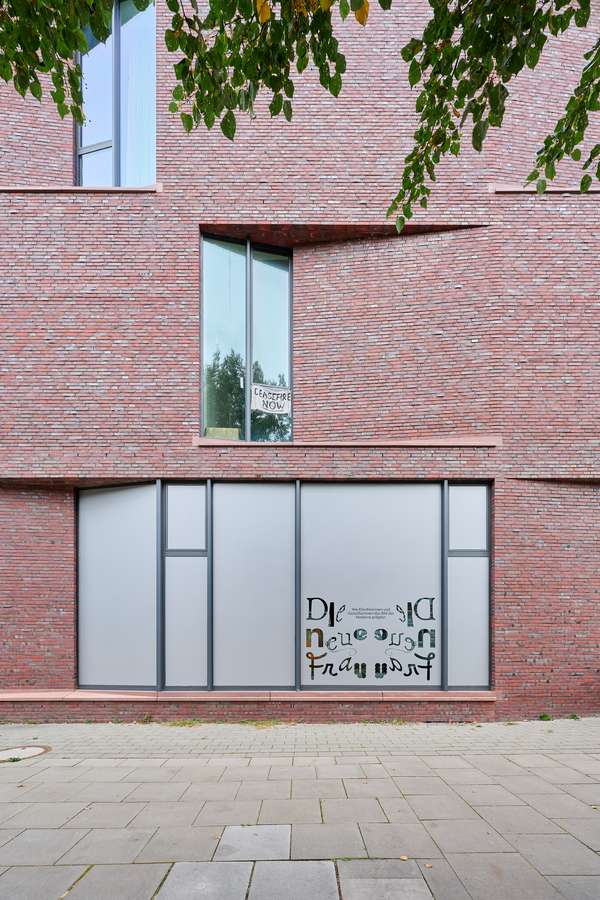
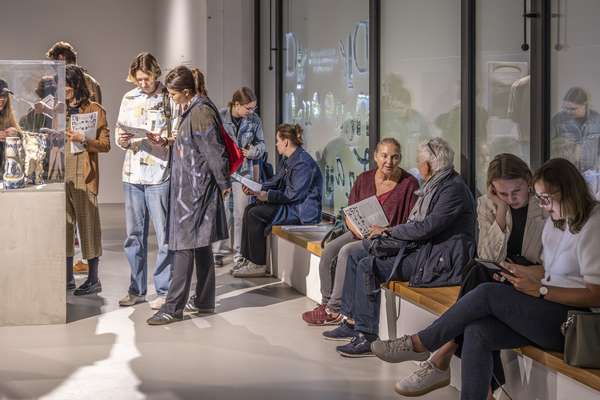
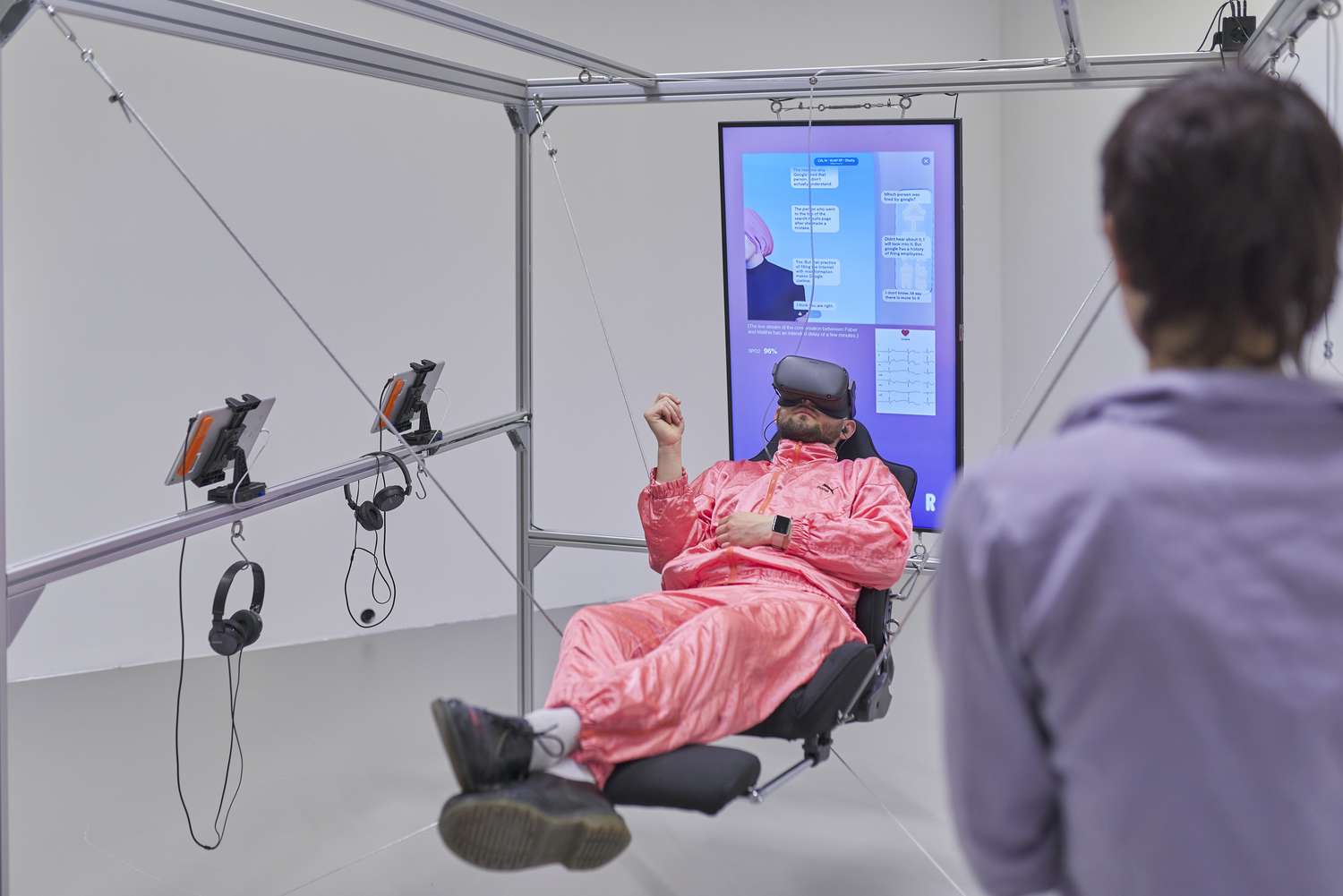
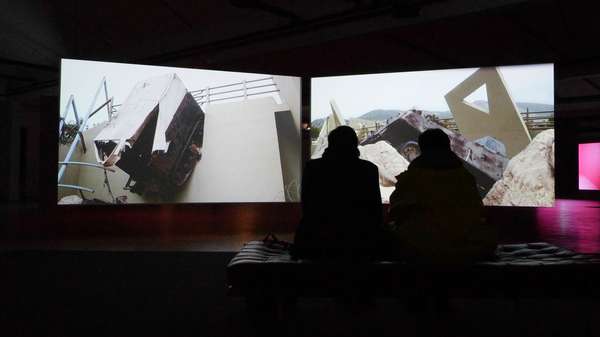
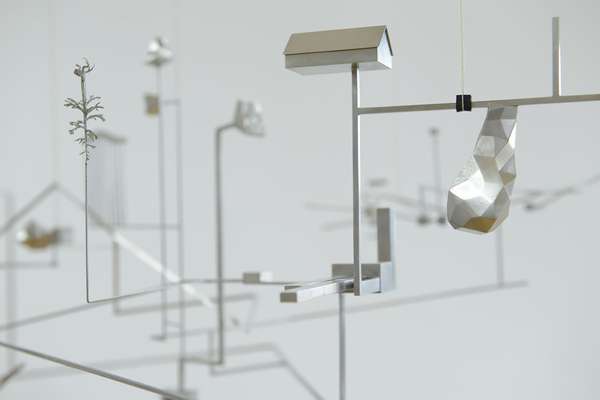
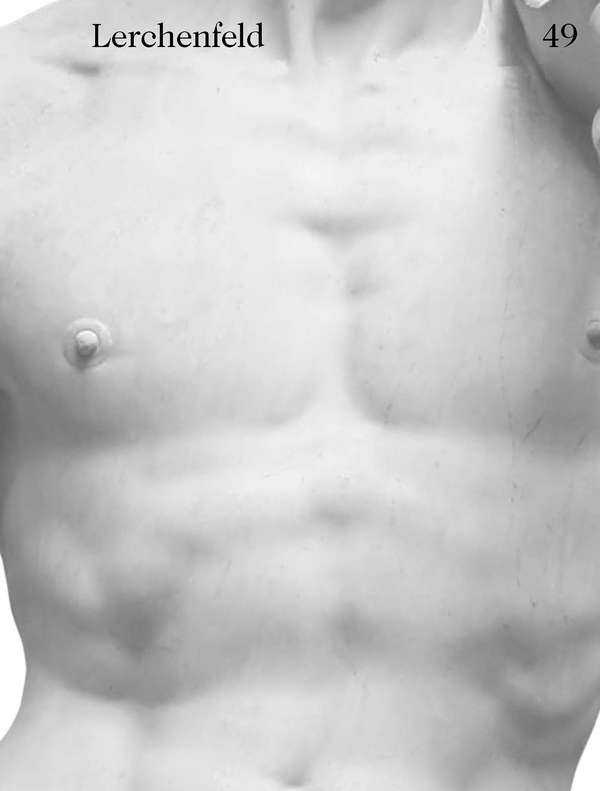
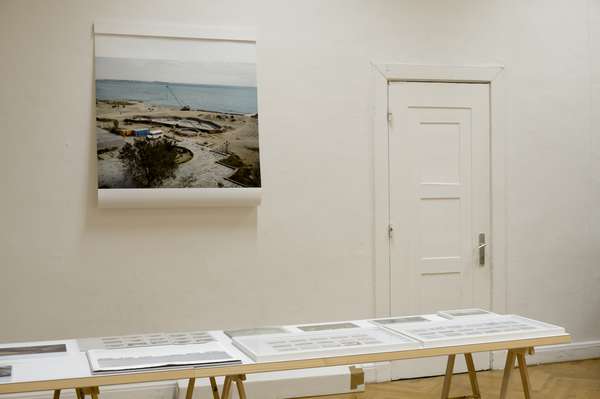
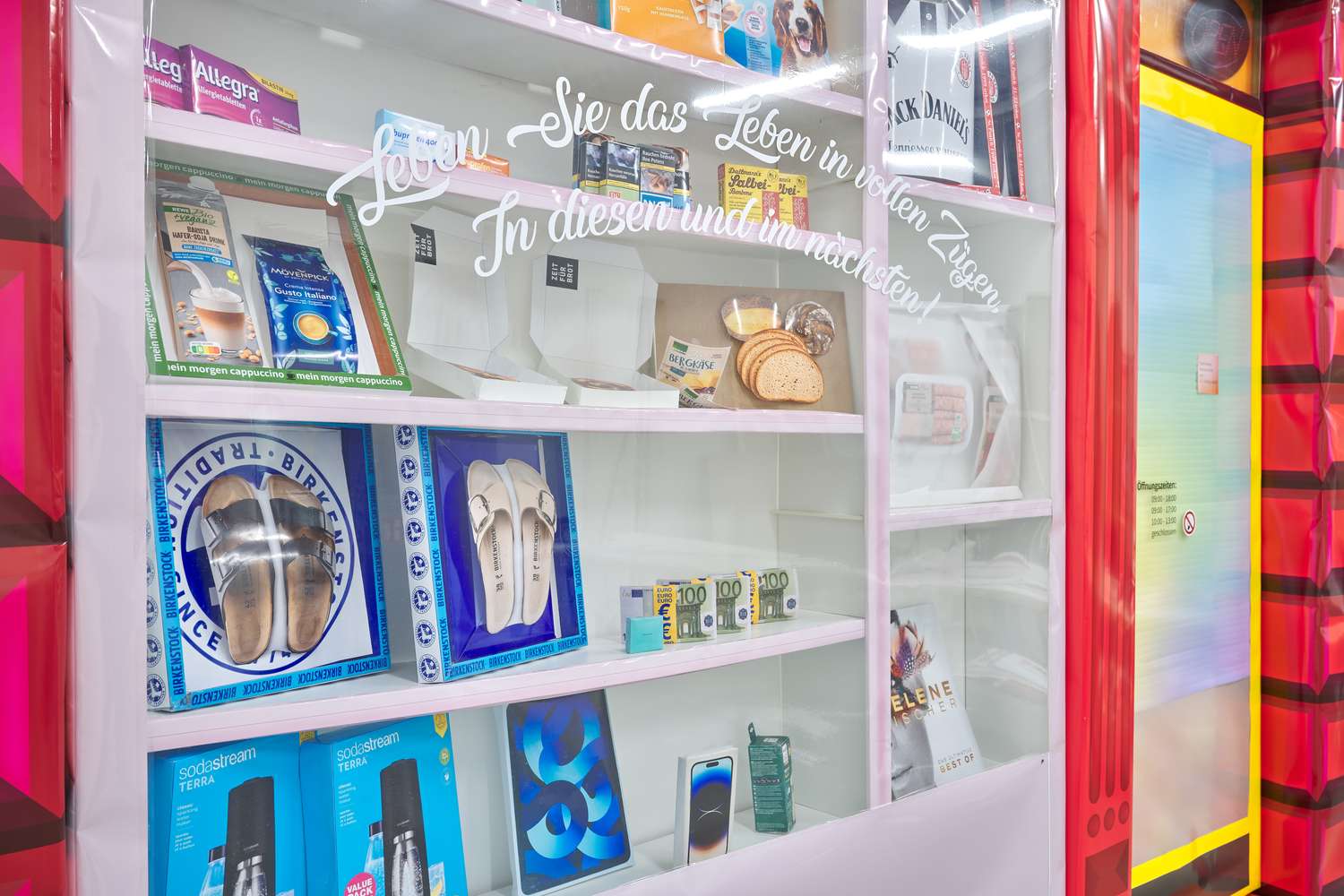
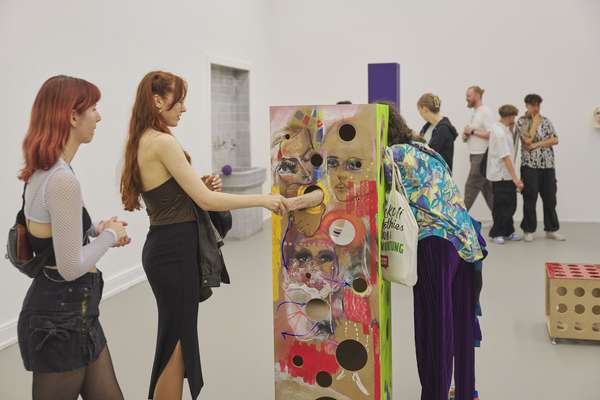
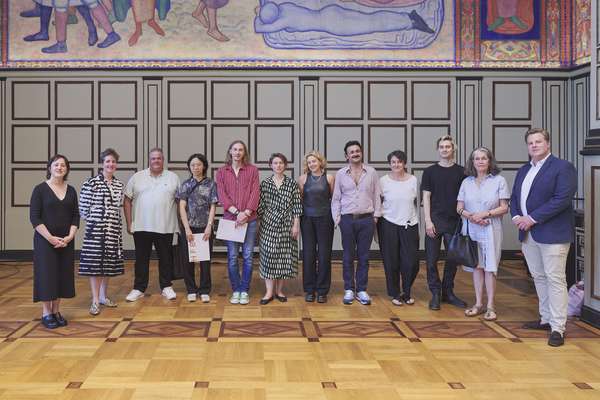
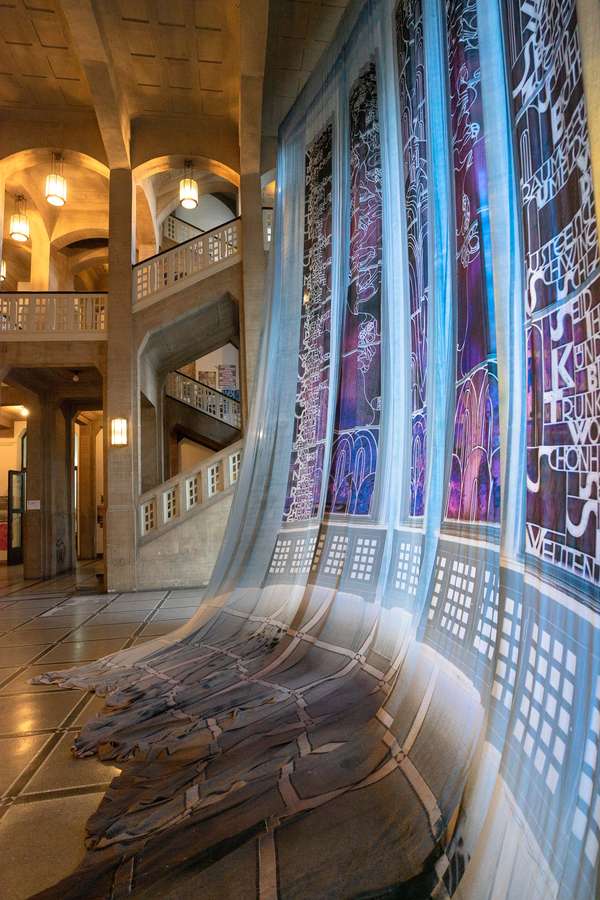
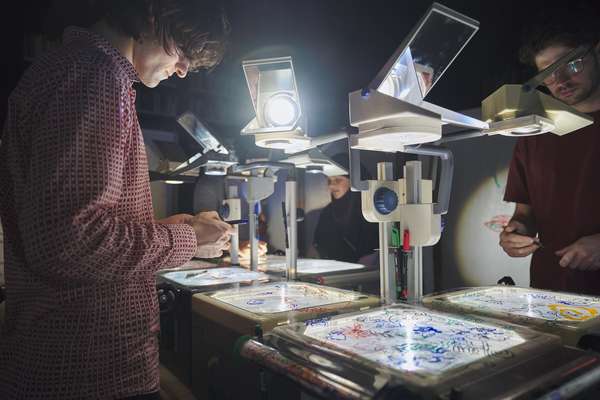
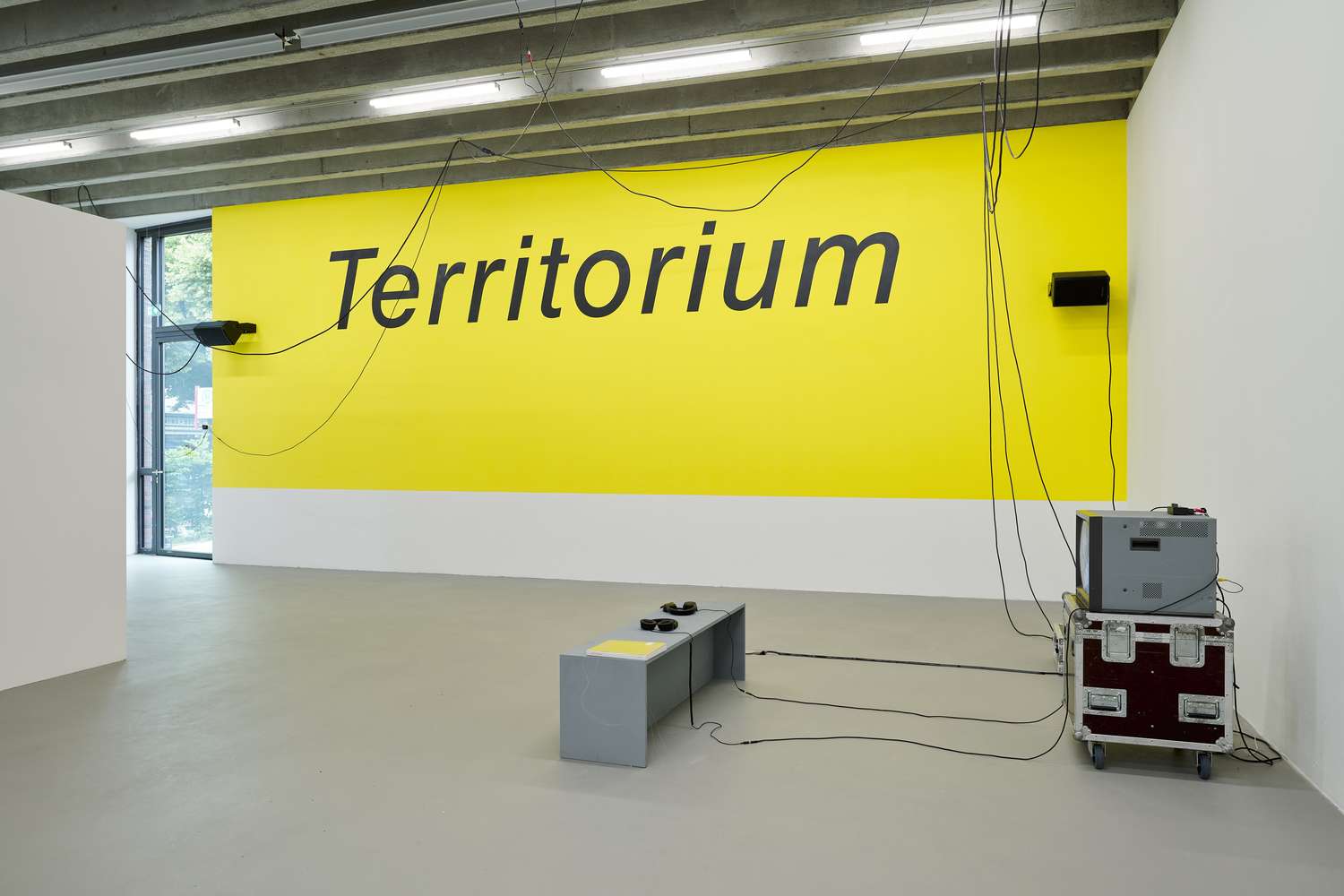
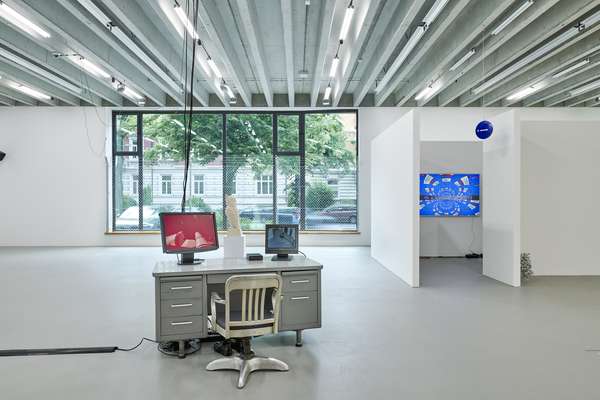
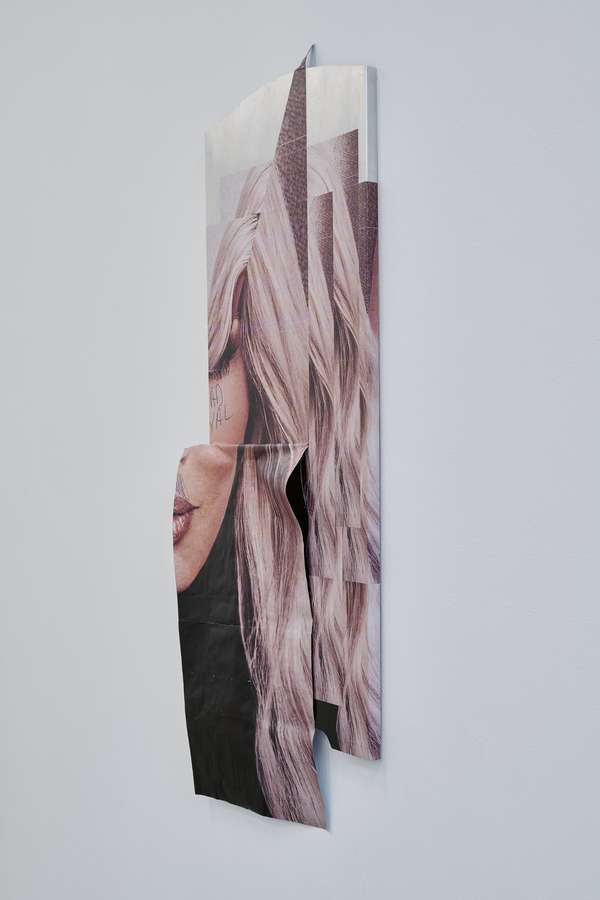
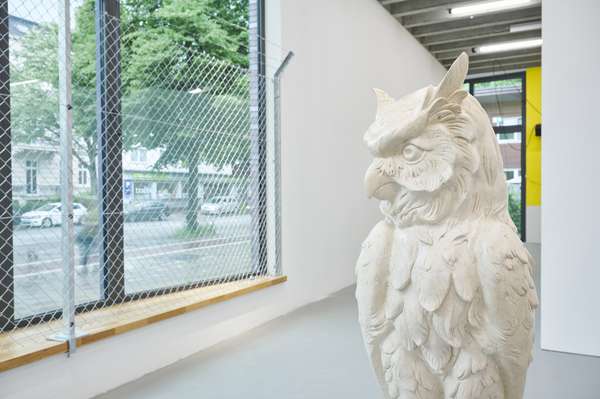

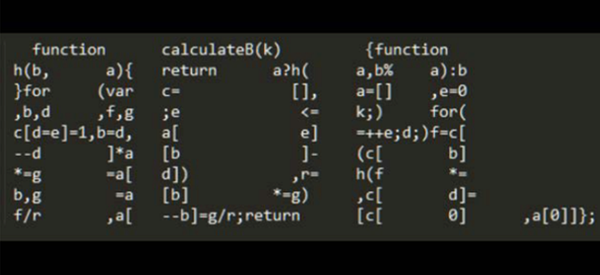
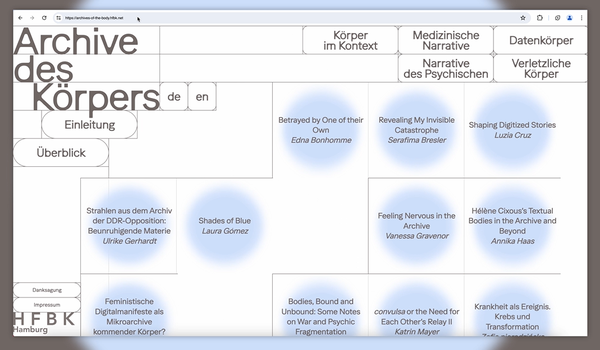





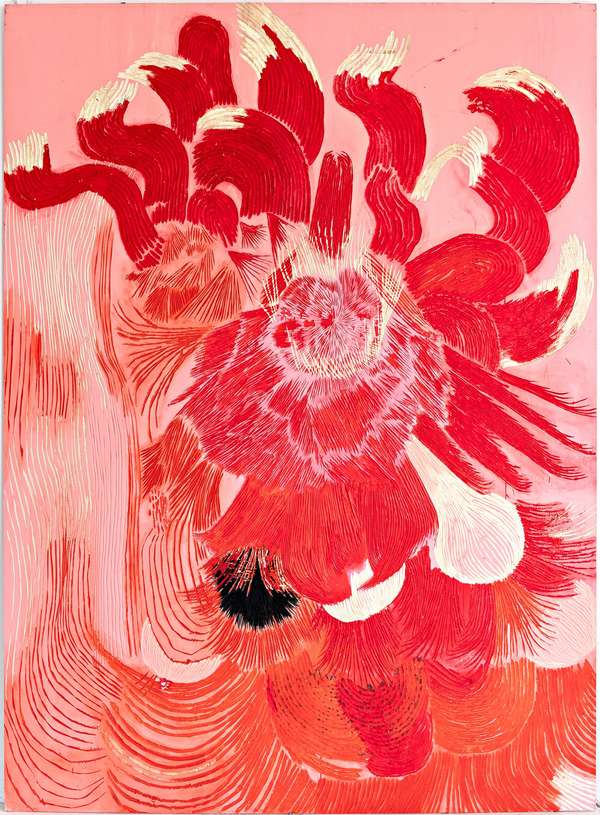
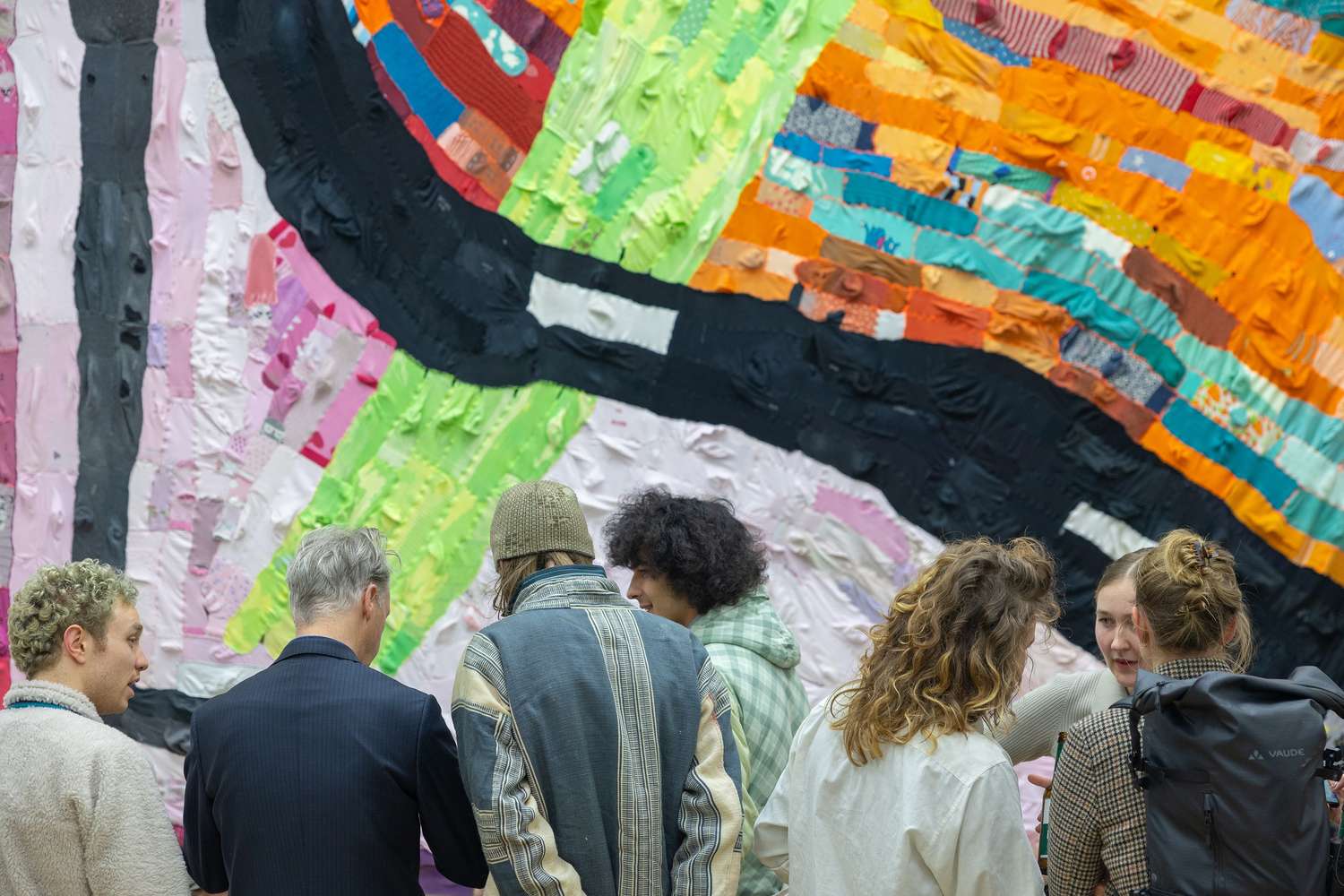

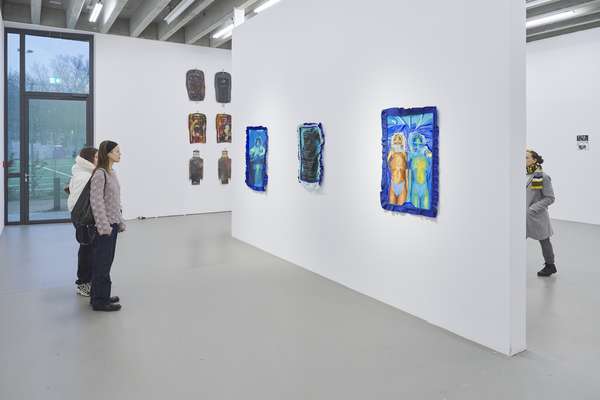

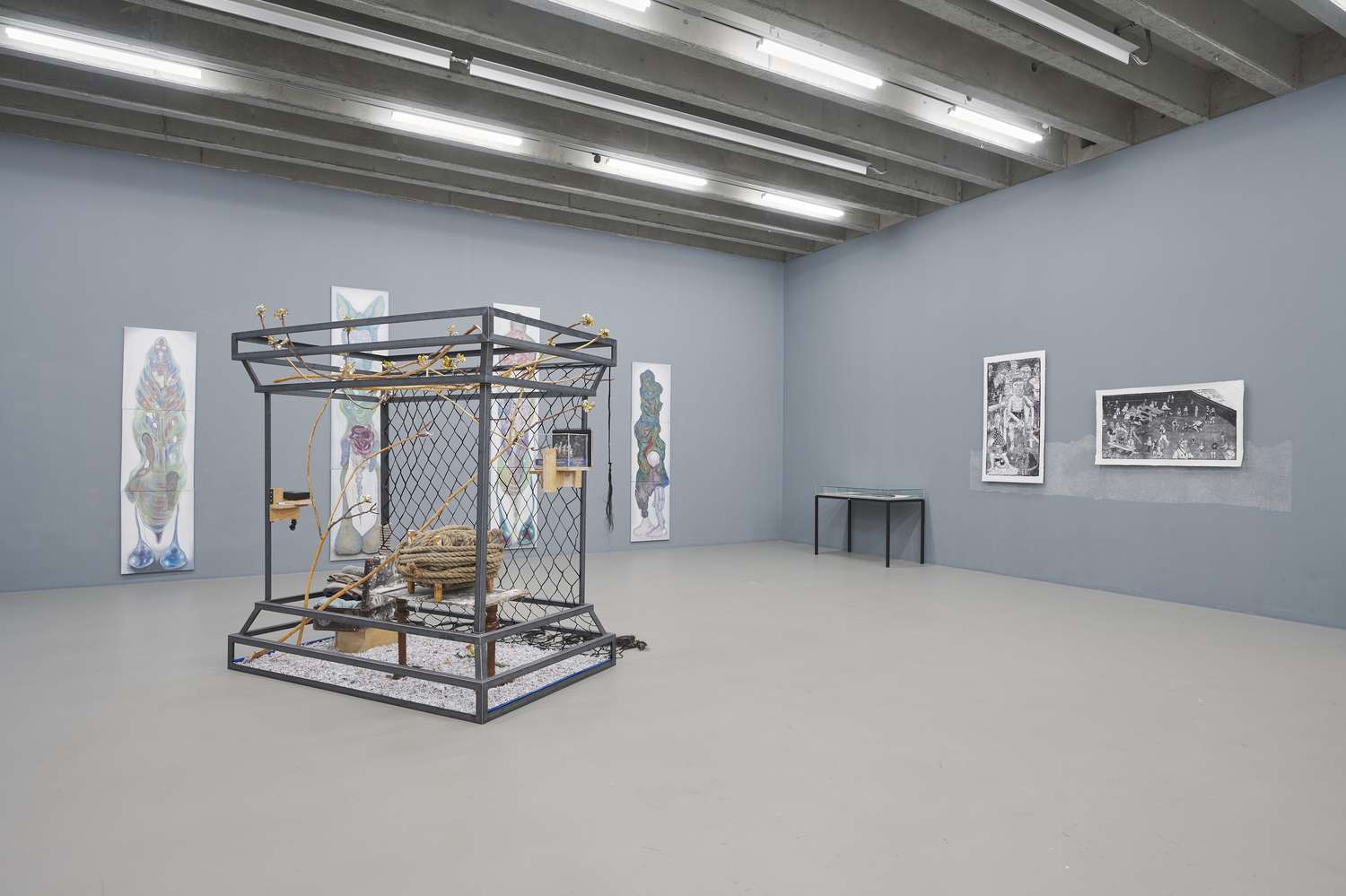

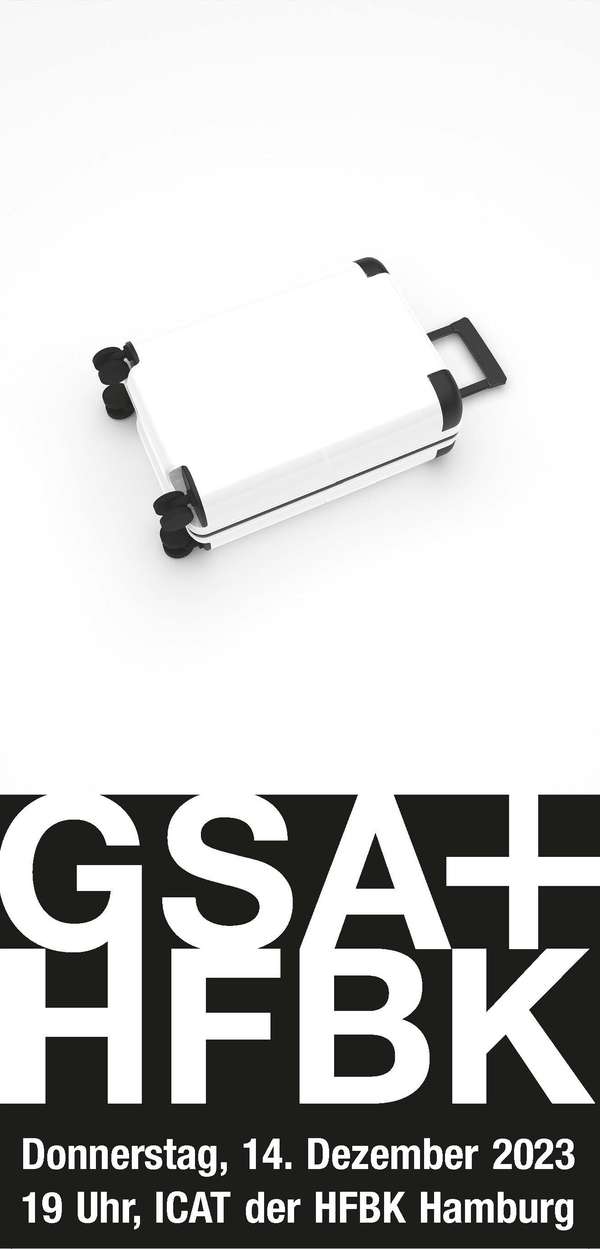





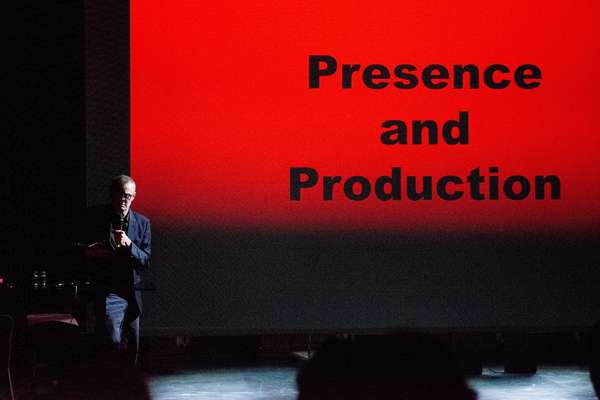



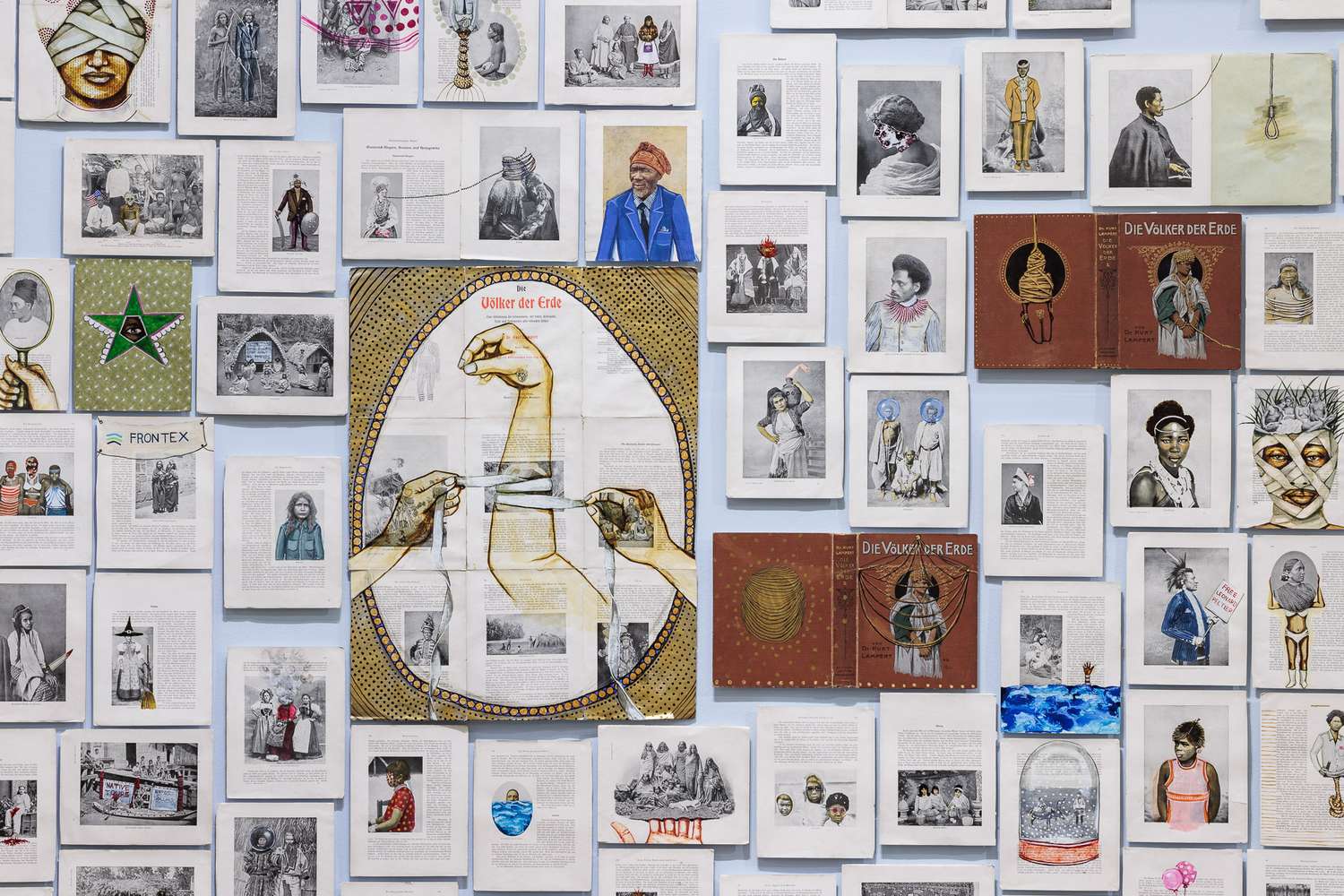
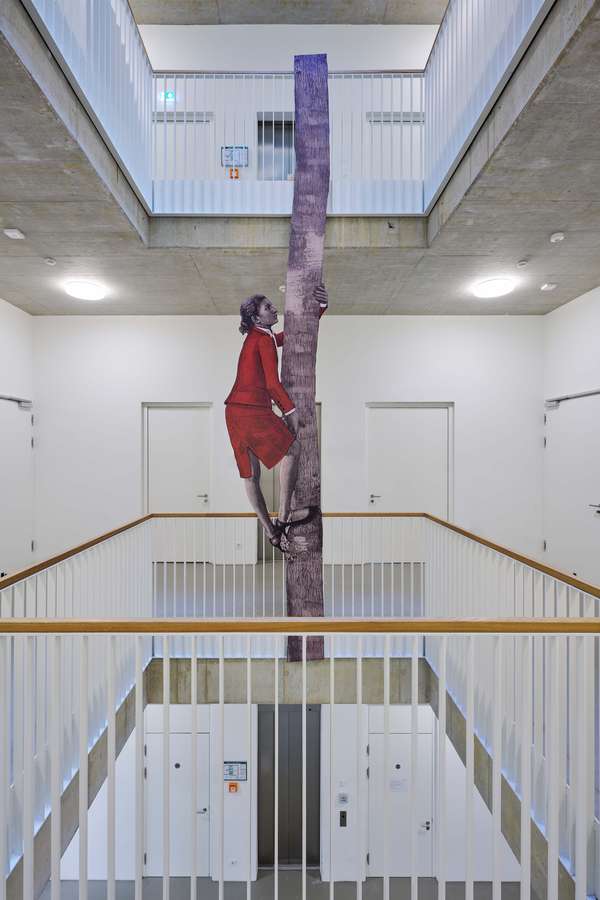








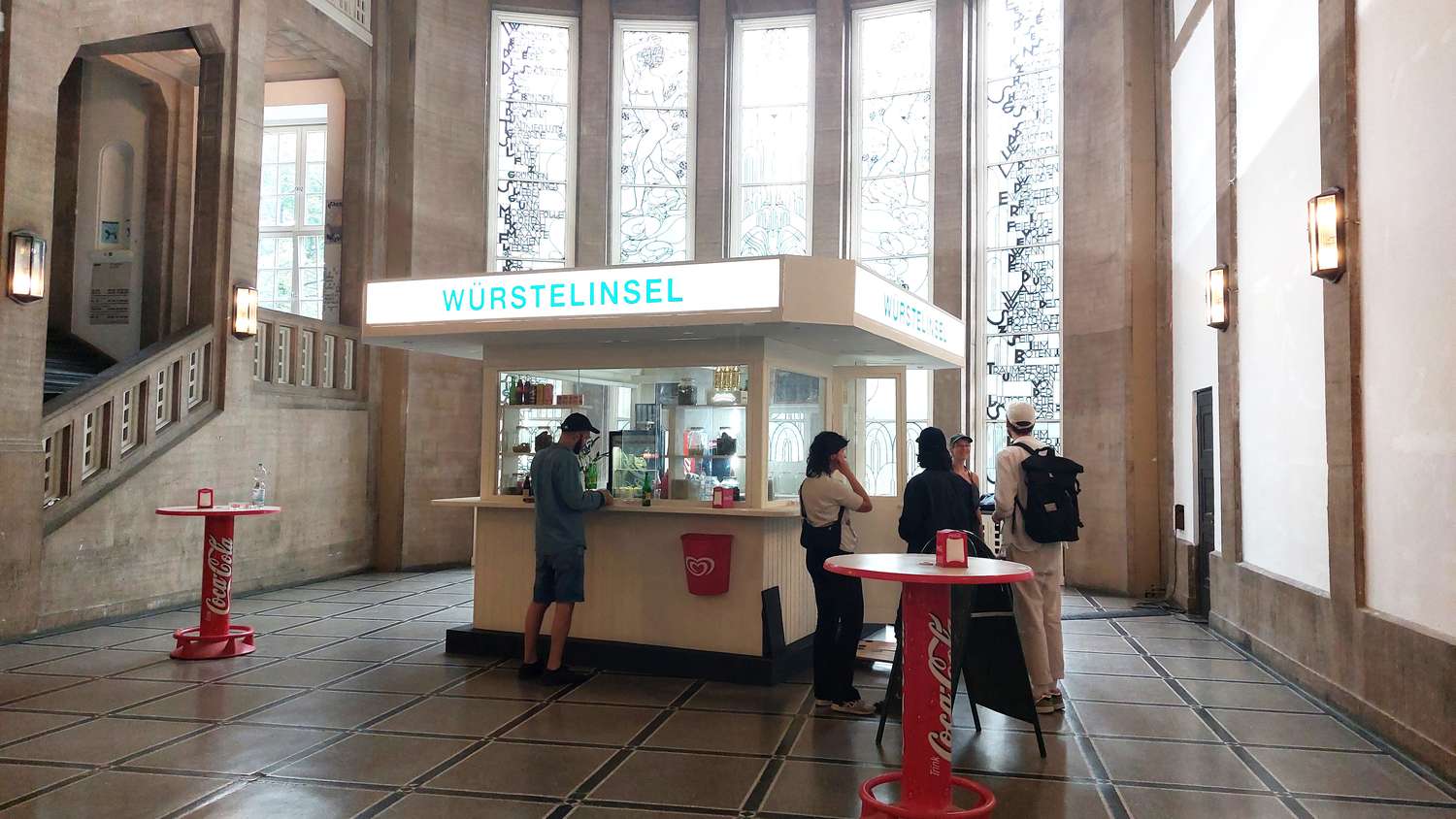


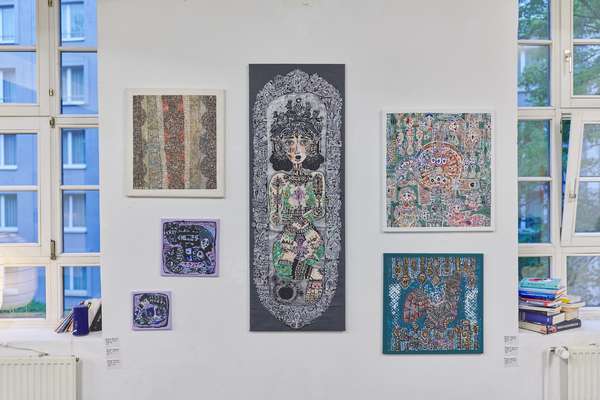




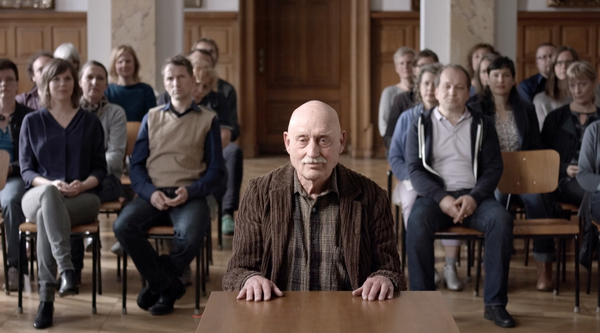


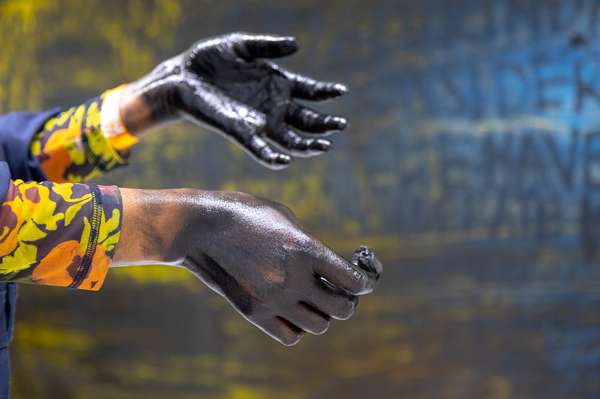




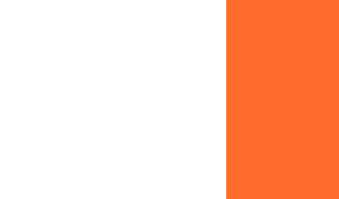
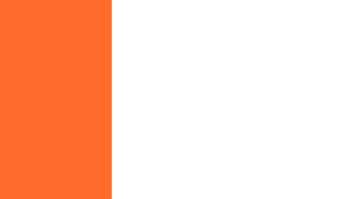


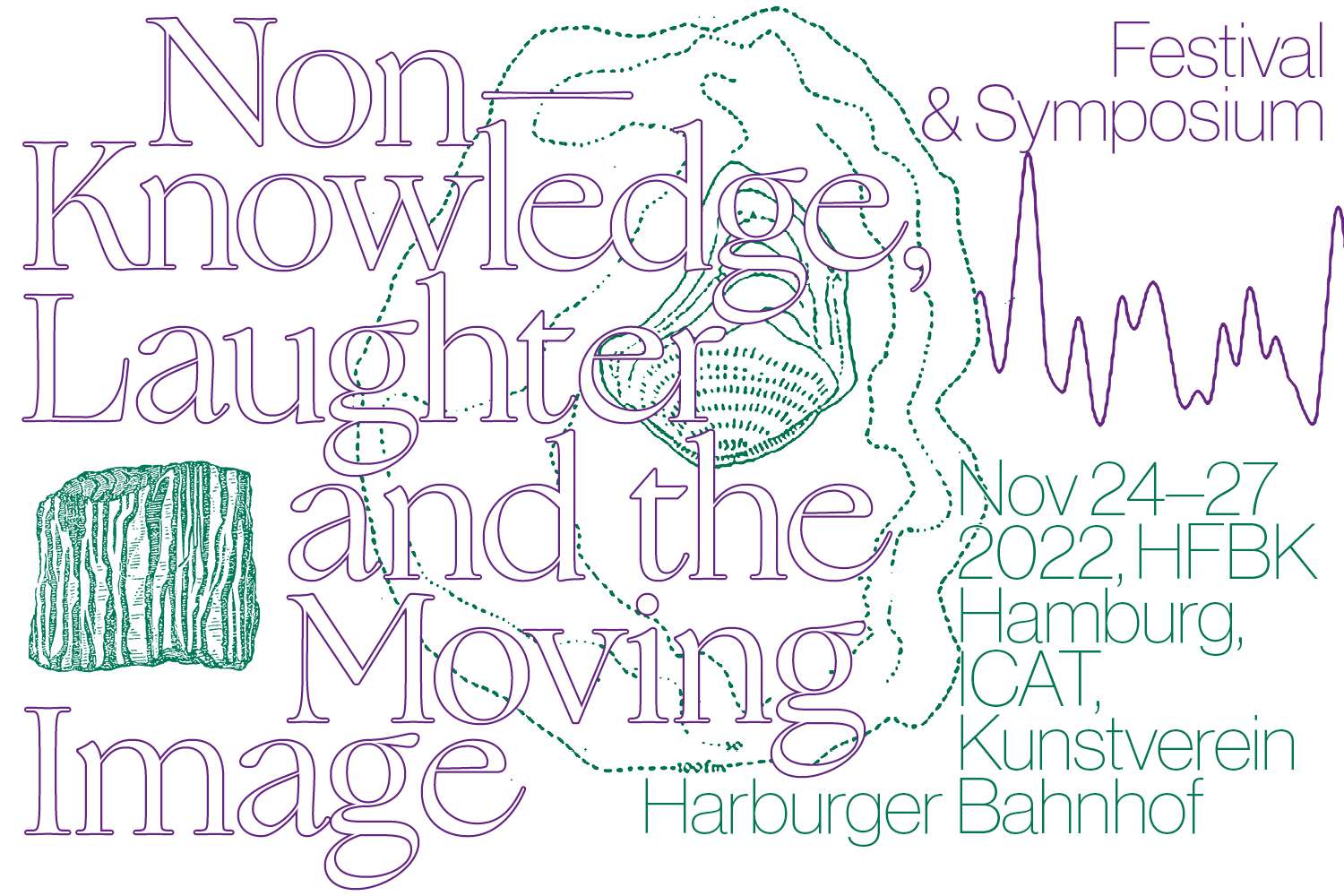






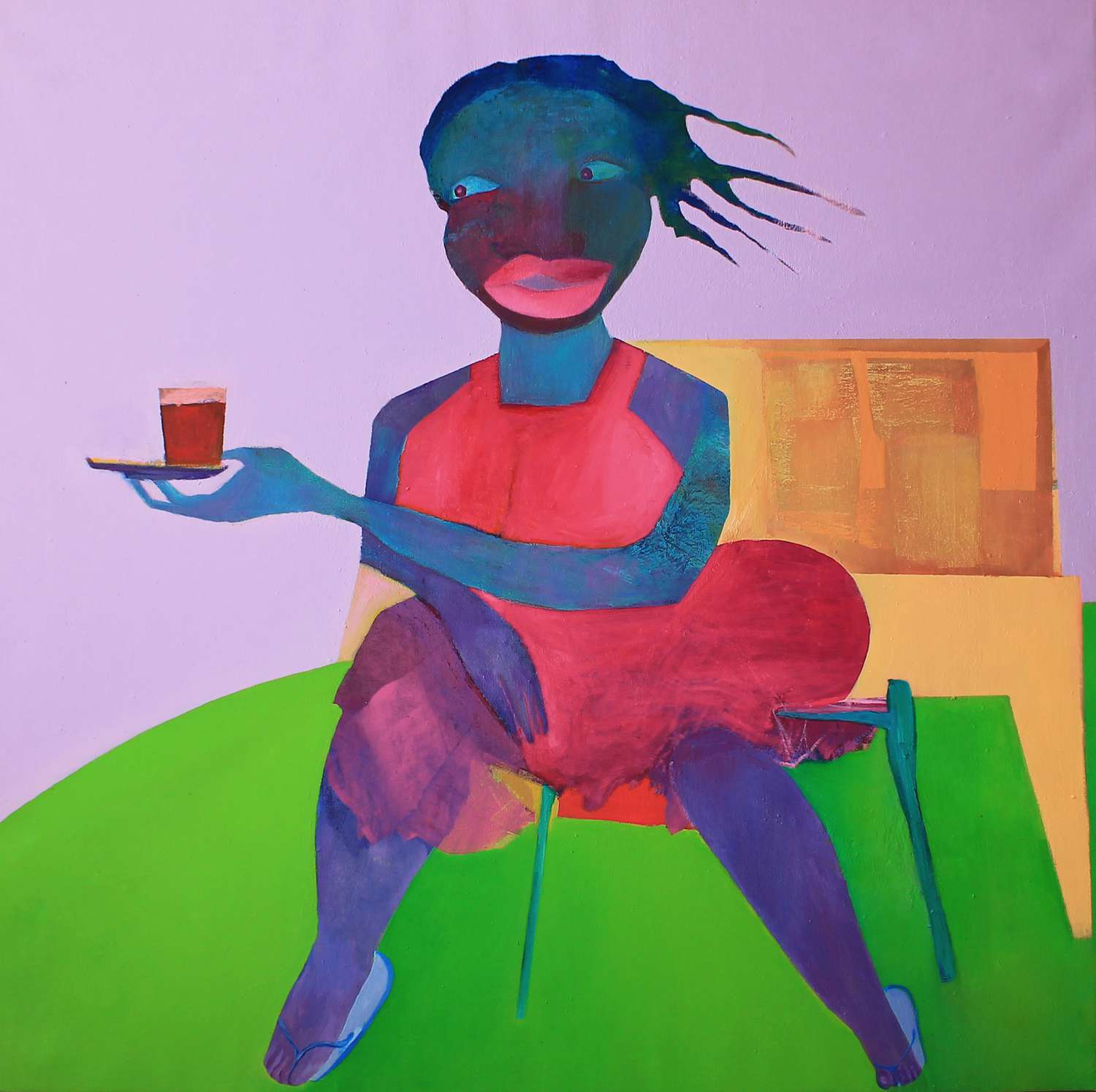
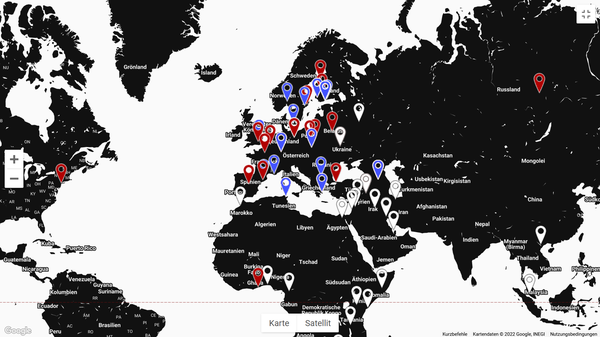
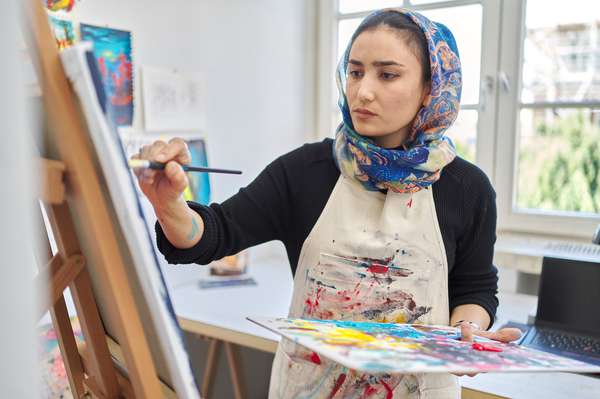









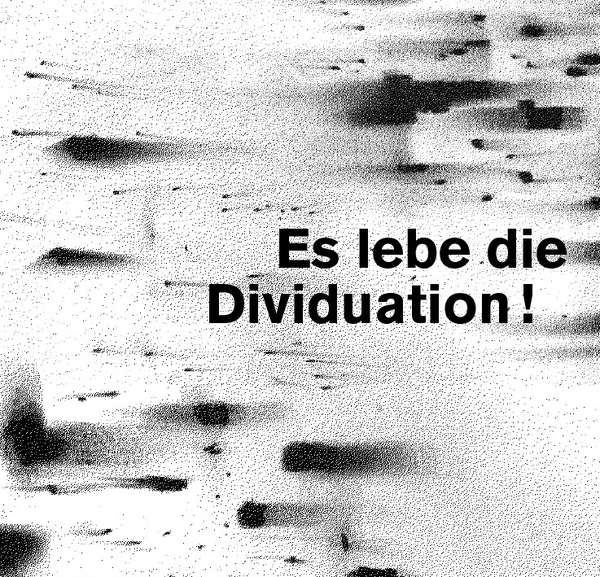





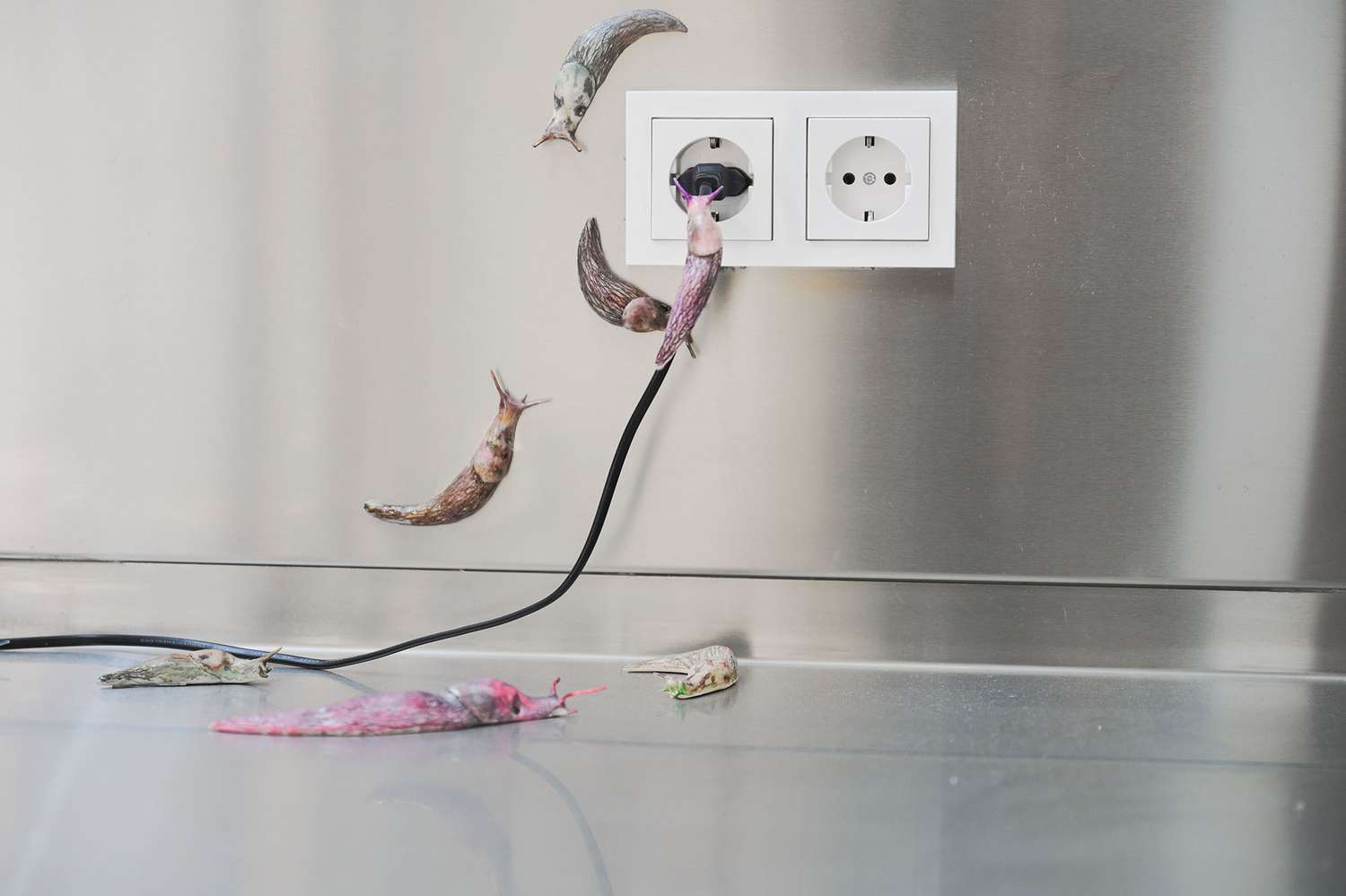


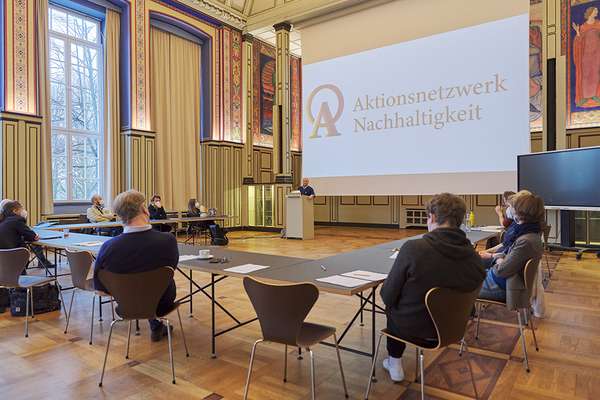






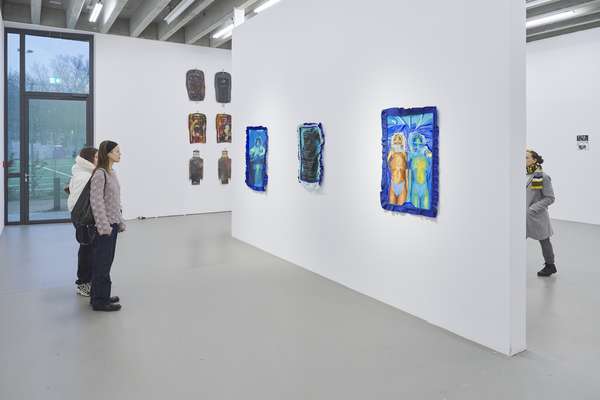








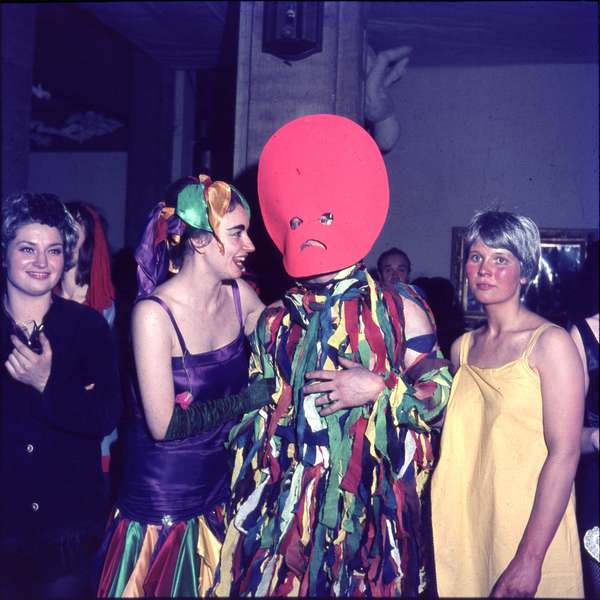

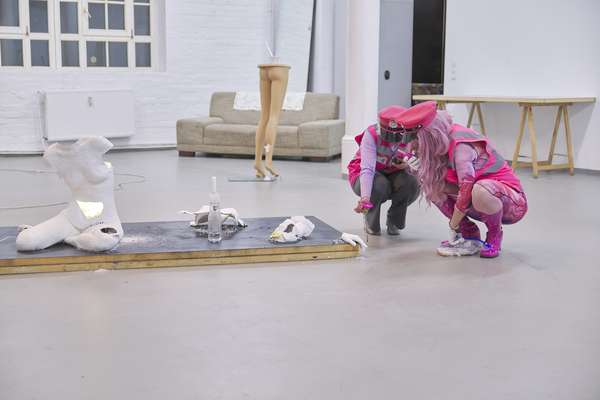



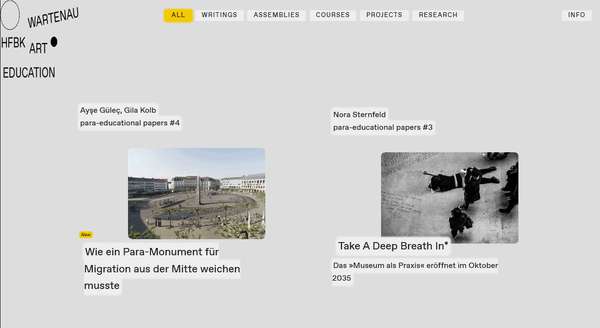

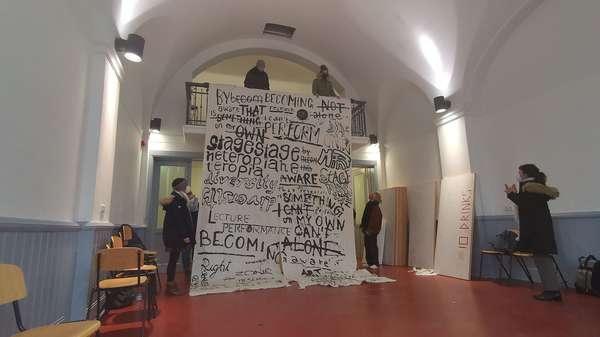
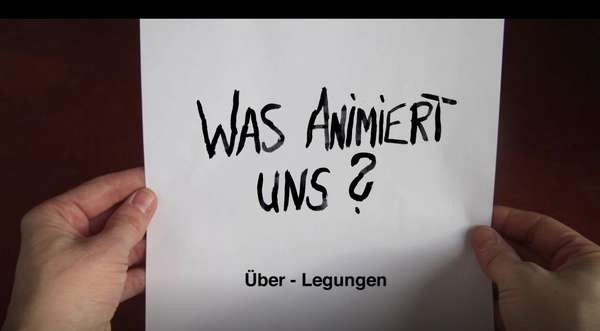
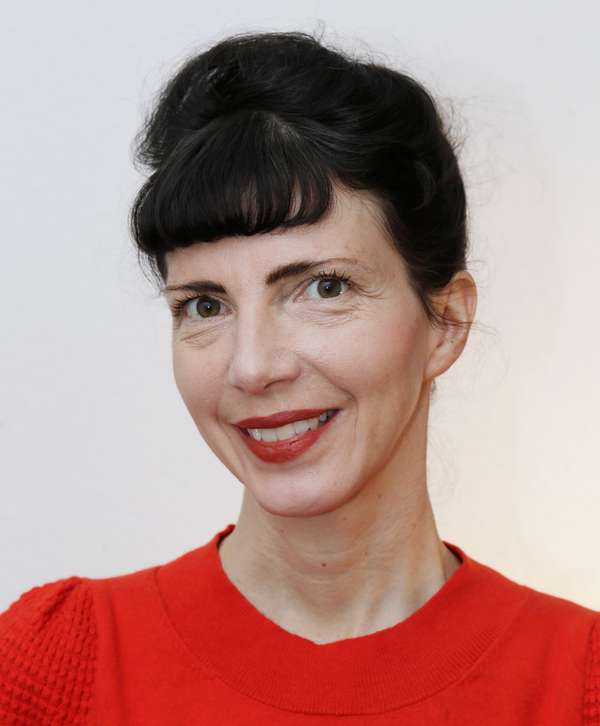
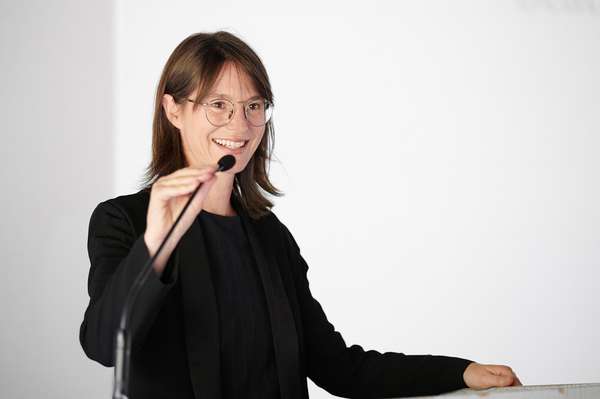

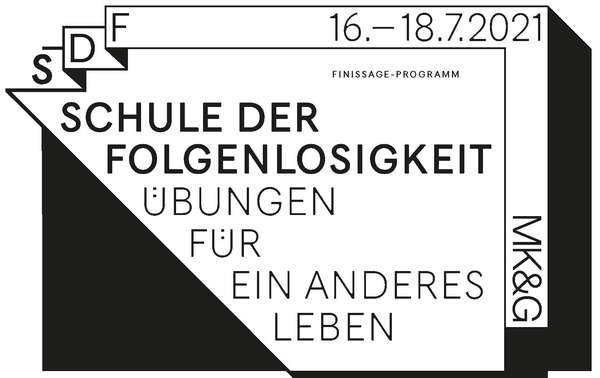


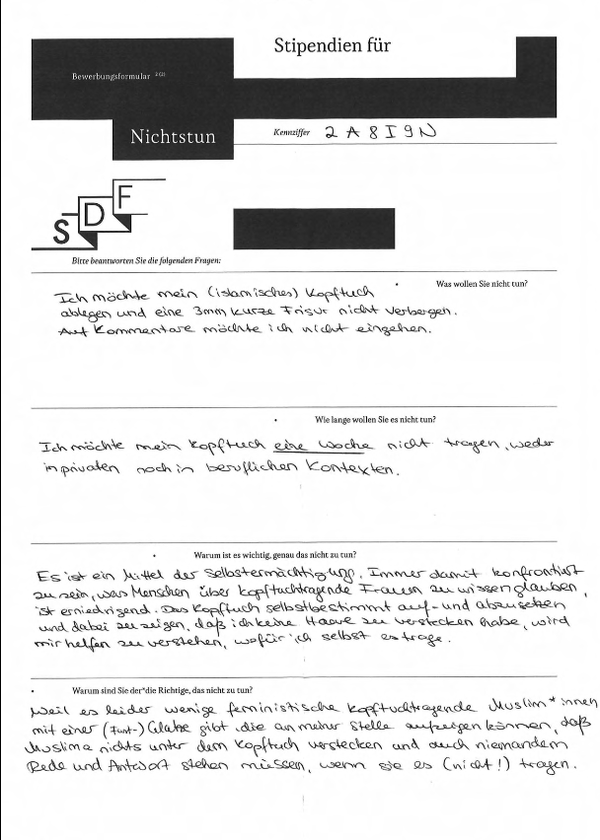









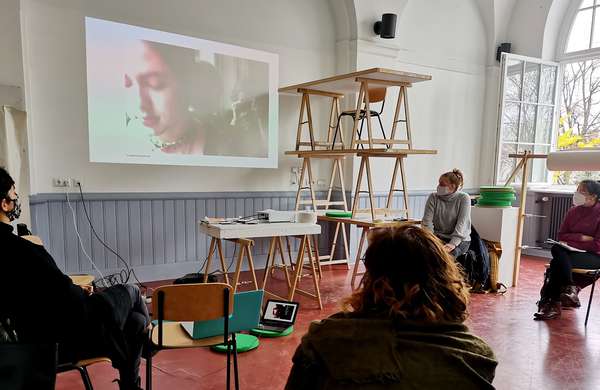





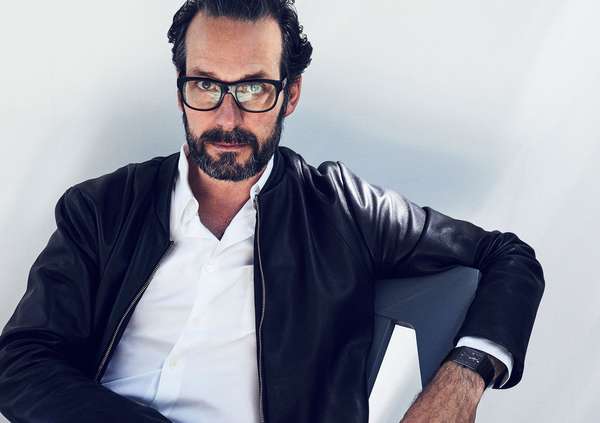

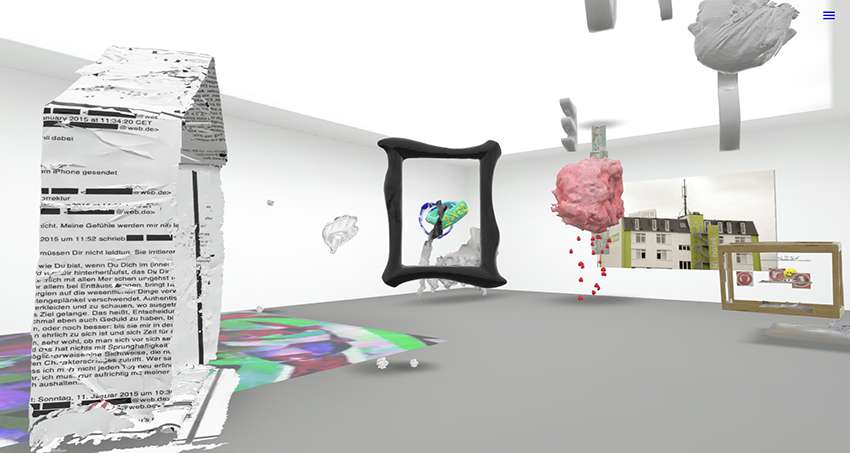

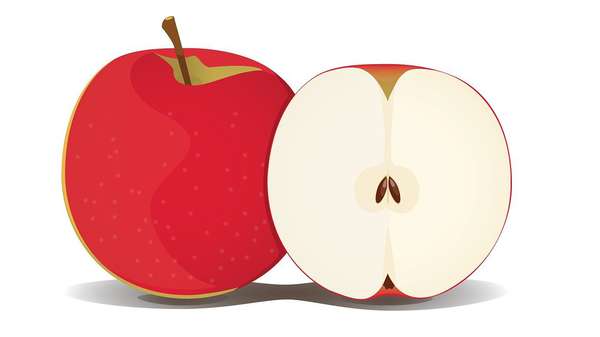

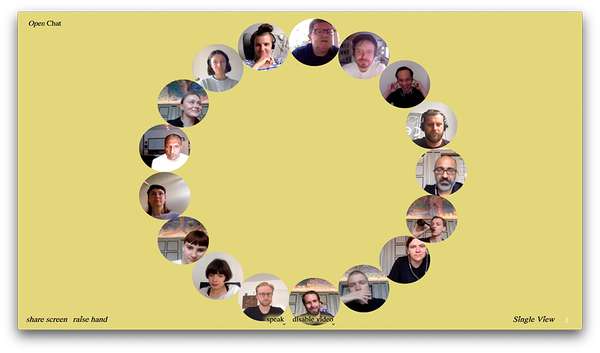

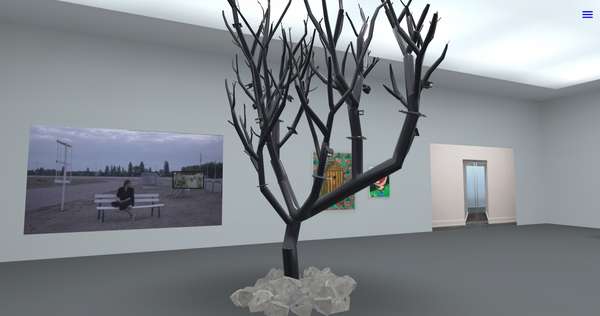









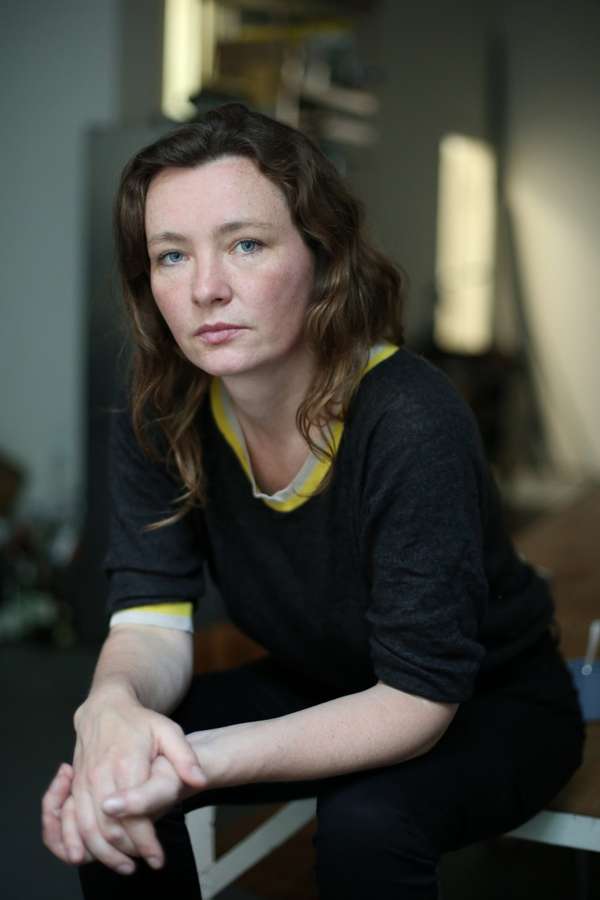

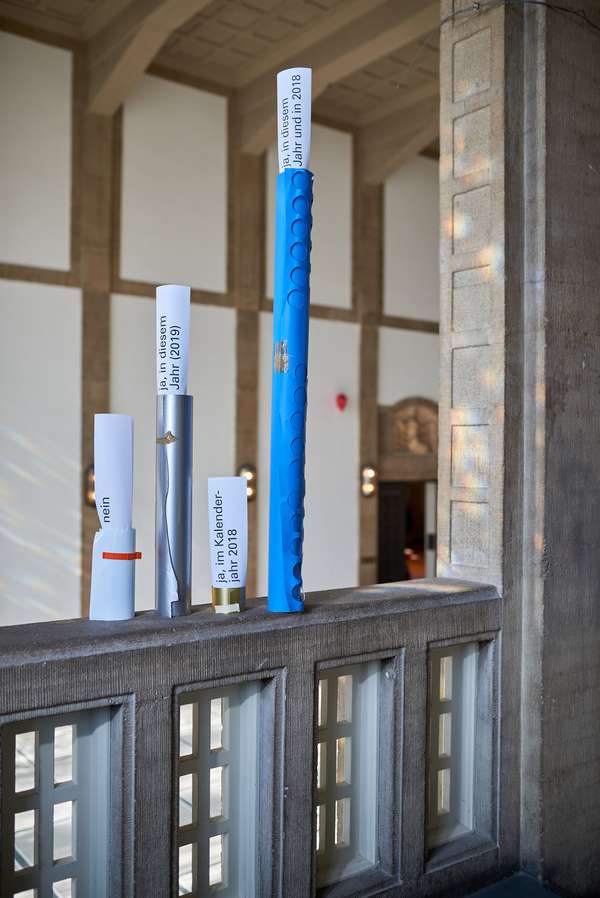



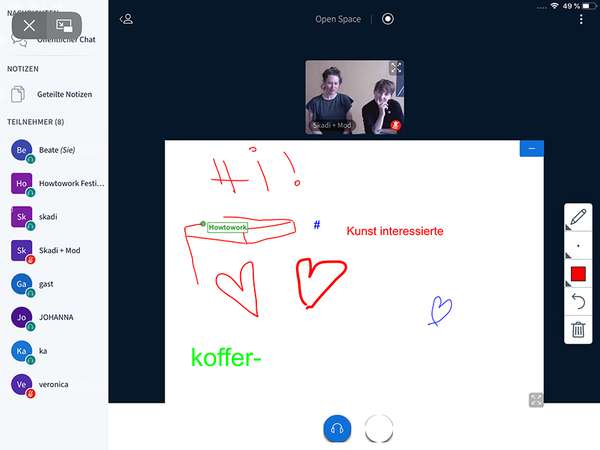
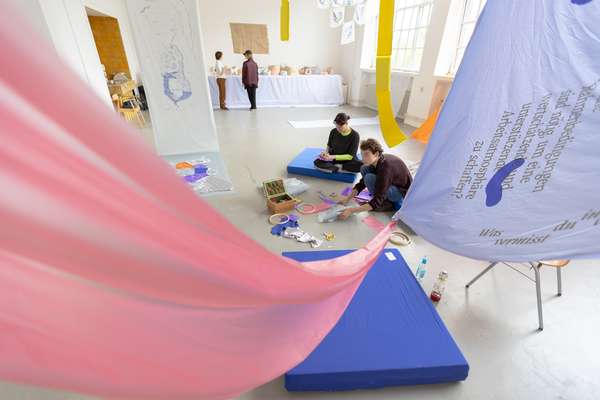

 Graduate Show 2025: Don't stop me now
Graduate Show 2025: Don't stop me now
 Long days, lots to do
Long days, lots to do
 Cine*Ami*es
Cine*Ami*es
 Redesign Democracy – competition for the ballot box of the democratic future
Redesign Democracy – competition for the ballot box of the democratic future
 Art in public space
Art in public space
 How to apply: study at HFBK Hamburg
How to apply: study at HFBK Hamburg
 Annual Exhibition 2025 at the HFBK Hamburg
Annual Exhibition 2025 at the HFBK Hamburg
 The Elephant in The Room – Sculpture today
The Elephant in The Room – Sculpture today
 Hiscox Art Prize 2024
Hiscox Art Prize 2024
 The New Woman
The New Woman
 Doing a PhD at the HFBK Hamburg
Doing a PhD at the HFBK Hamburg
 Graduate Show 2024 - Letting Go
Graduate Show 2024 - Letting Go
 Finkenwerder Art Prize 2024
Finkenwerder Art Prize 2024
 Archives of the Body - The Body in Archiving
Archives of the Body - The Body in Archiving
 New partnership with the School of Arts at the University of Haifa
New partnership with the School of Arts at the University of Haifa
 Annual Exhibition 2024 at the HFBK Hamburg
Annual Exhibition 2024 at the HFBK Hamburg
 (Ex)Changes of / in Art
(Ex)Changes of / in Art
 Extended Libraries
Extended Libraries
 And Still I Rise
And Still I Rise
 Let's talk about language
Let's talk about language
 Graduate Show 2023: Unfinished Business
Graduate Show 2023: Unfinished Business
 Let`s work together
Let`s work together
 Annual Exhibition 2023 at HFBK Hamburg
Annual Exhibition 2023 at HFBK Hamburg
 Symposium: Controversy over documenta fifteen
Symposium: Controversy over documenta fifteen
 Festival and Symposium: Non-Knowledge, Laughter and the Moving Image
Festival and Symposium: Non-Knowledge, Laughter and the Moving Image
 Solo exhibition by Konstantin Grcic
Solo exhibition by Konstantin Grcic
 Art and war
Art and war
 Graduate Show 2022: We’ve Only Just Begun
Graduate Show 2022: We’ve Only Just Begun
 June is full of art and theory
June is full of art and theory
 Finkenwerder Art Prize 2022
Finkenwerder Art Prize 2022
 Nachhaltigkeit im Kontext von Kunst und Kunsthochschule
Nachhaltigkeit im Kontext von Kunst und Kunsthochschule
 Raum für die Kunst
Raum für die Kunst
 Annual Exhibition 2022 at the HFBK
Annual Exhibition 2022 at the HFBK
 Conference: Counter-Monuments and Para-Monuments.
Conference: Counter-Monuments and Para-Monuments.
 Diversity
Diversity
 Live und in Farbe: die ASA Open Studios im Juni 2021
Live und in Farbe: die ASA Open Studios im Juni 2021
 Unlearning: Wartenau Assemblies
Unlearning: Wartenau Assemblies
 School of No Consequences
School of No Consequences
 Annual Exhibition 2021 at the HFBK
Annual Exhibition 2021 at the HFBK
 Semestereröffnung und Hiscox-Preisverleihung 2020
Semestereröffnung und Hiscox-Preisverleihung 2020
 Teaching Art Online at the HFBK
Teaching Art Online at the HFBK
 HFBK Graduate Survey
HFBK Graduate Survey
 How political is Social Design?
How political is Social Design?